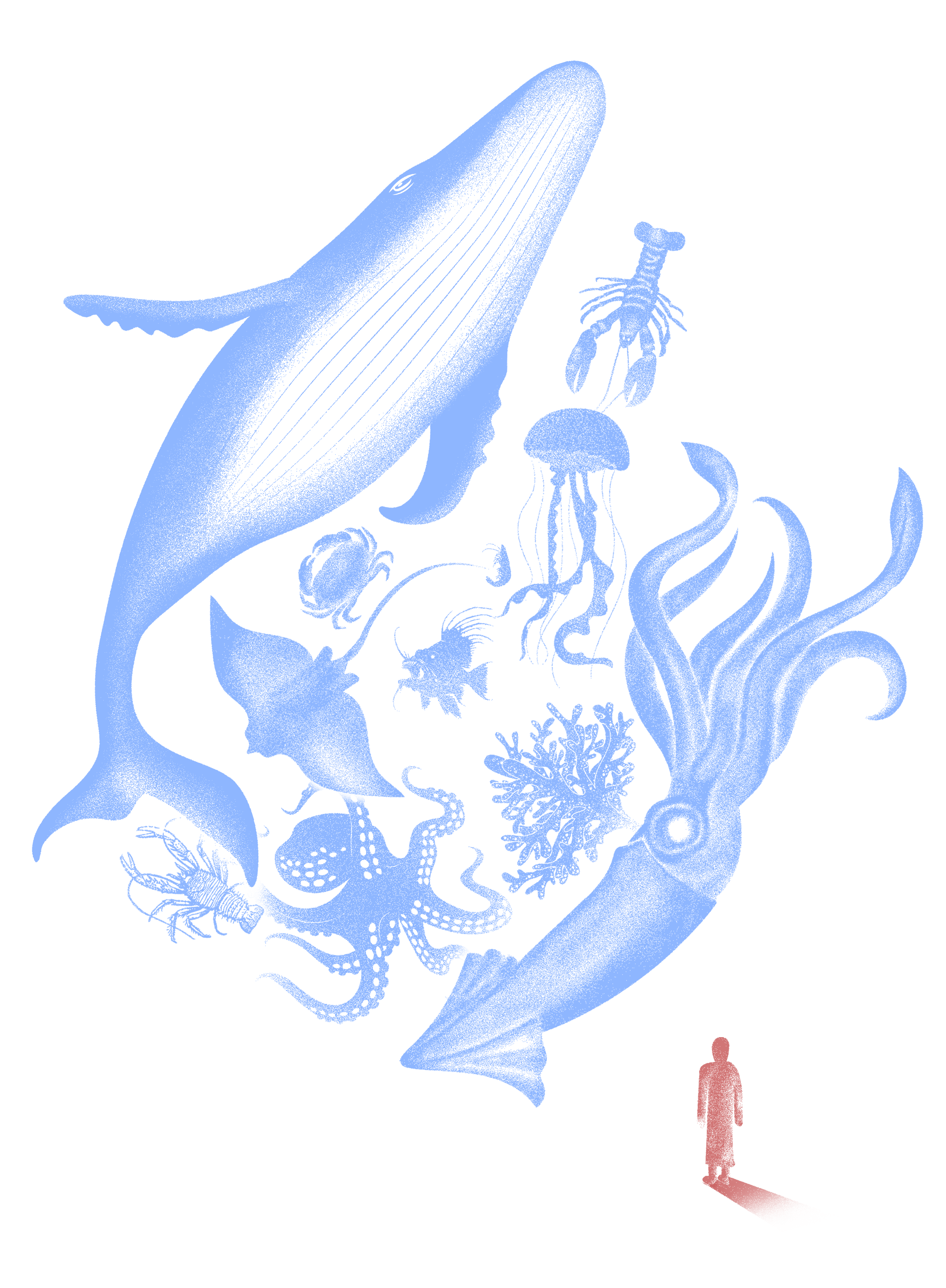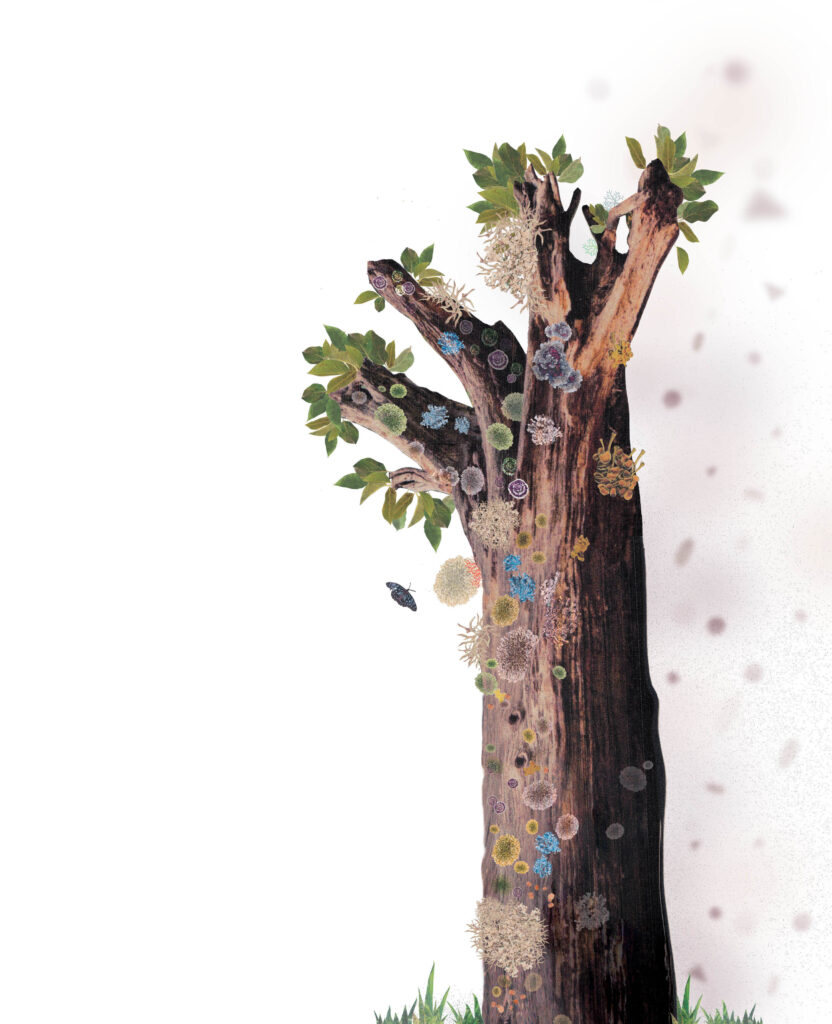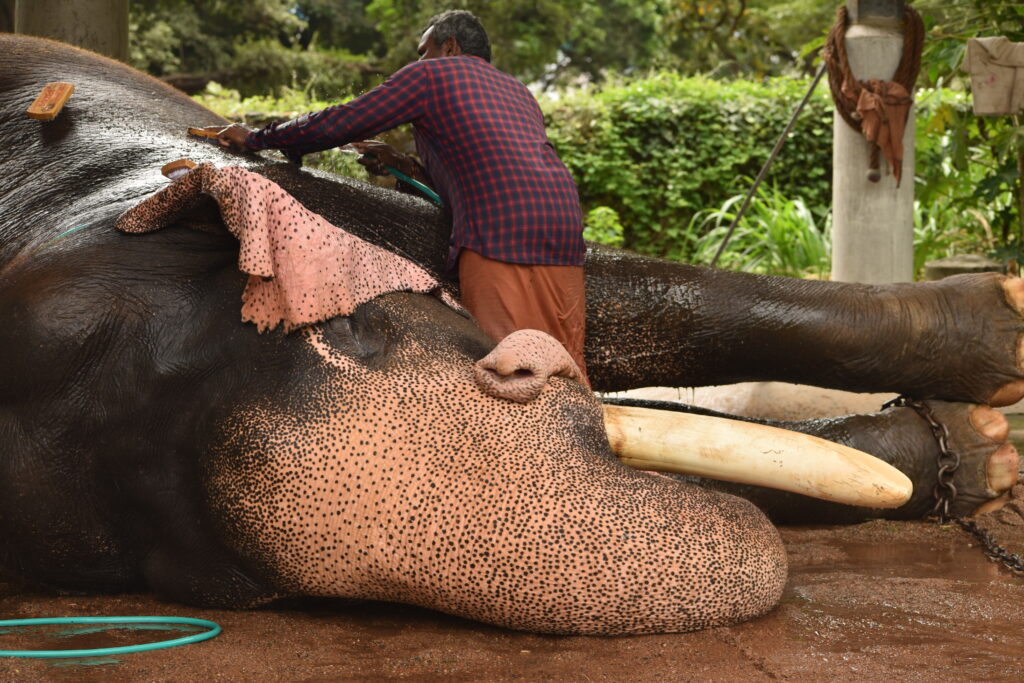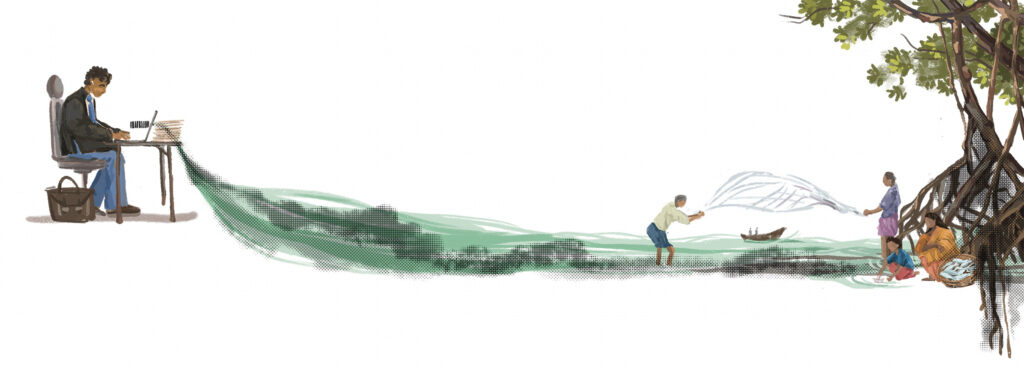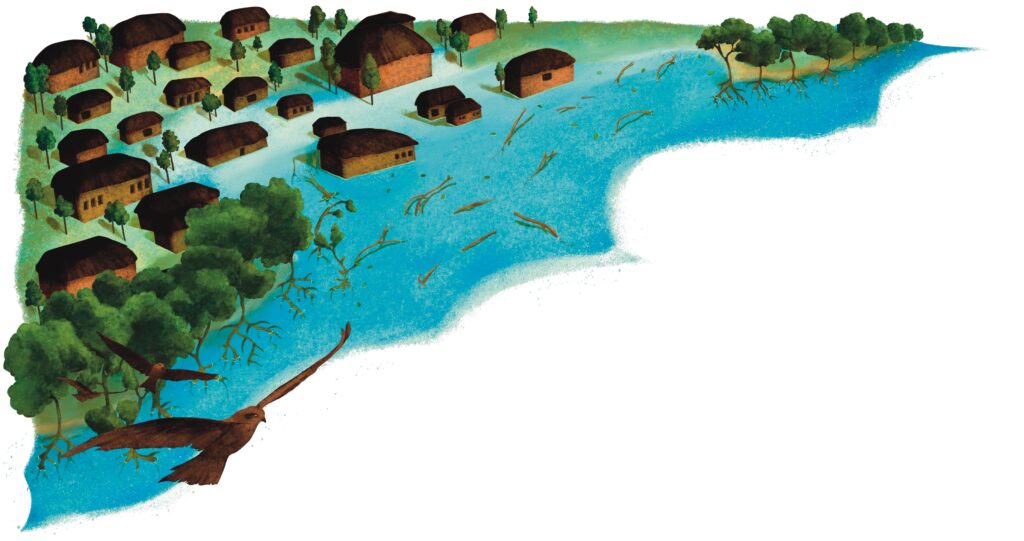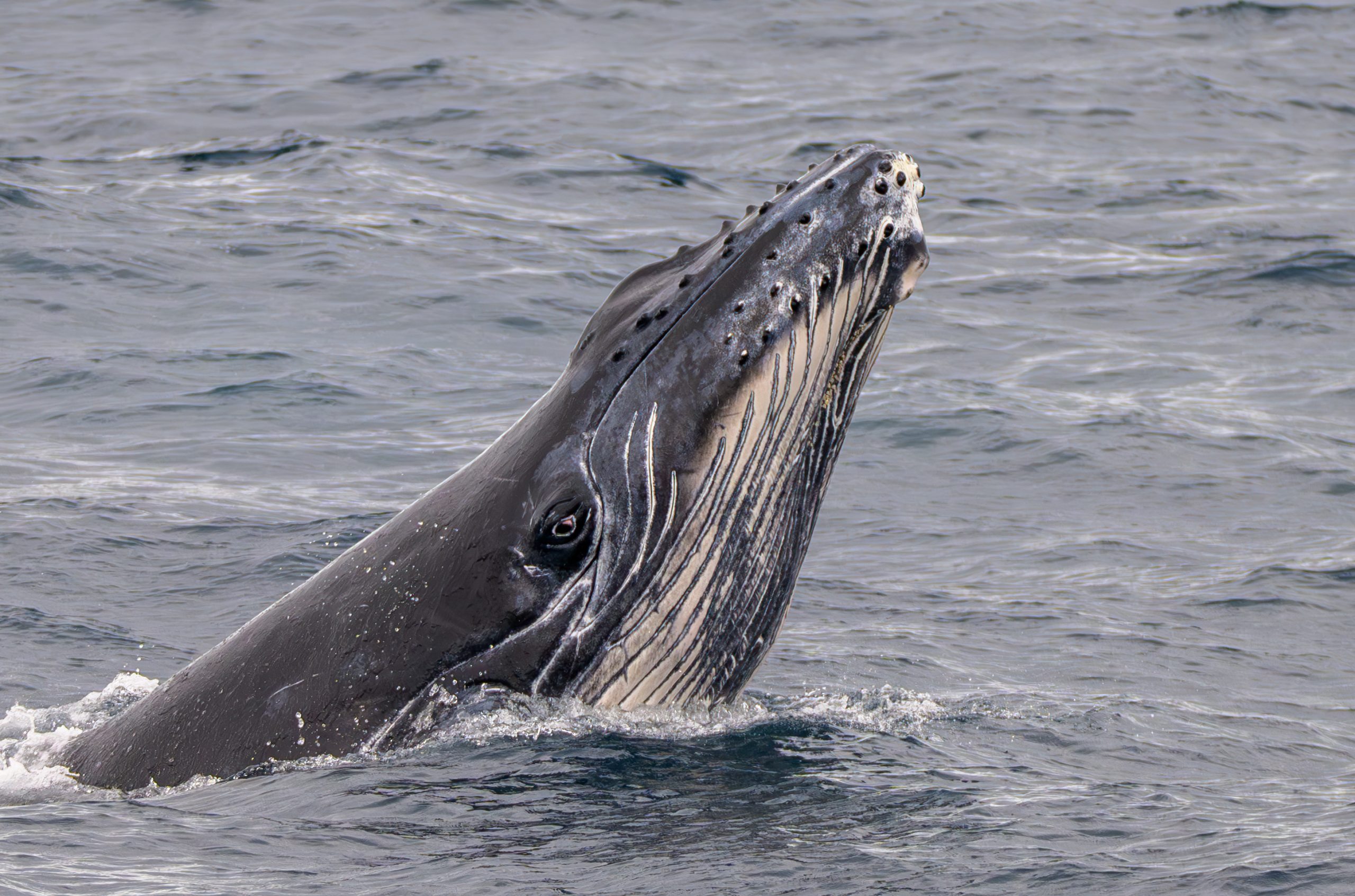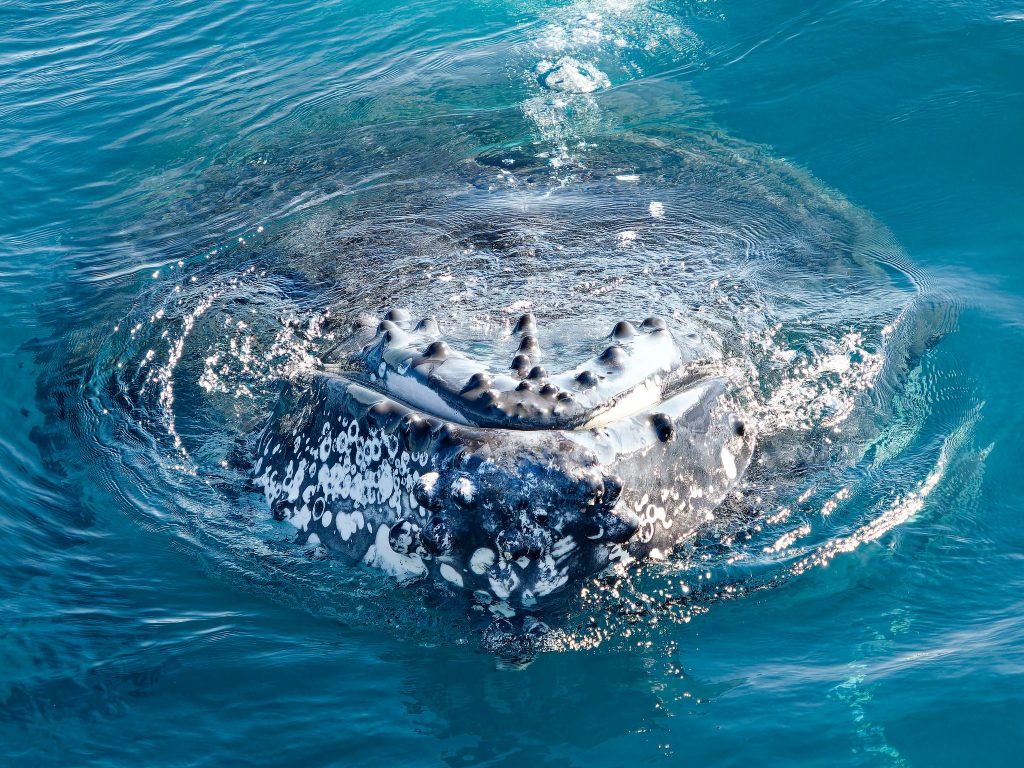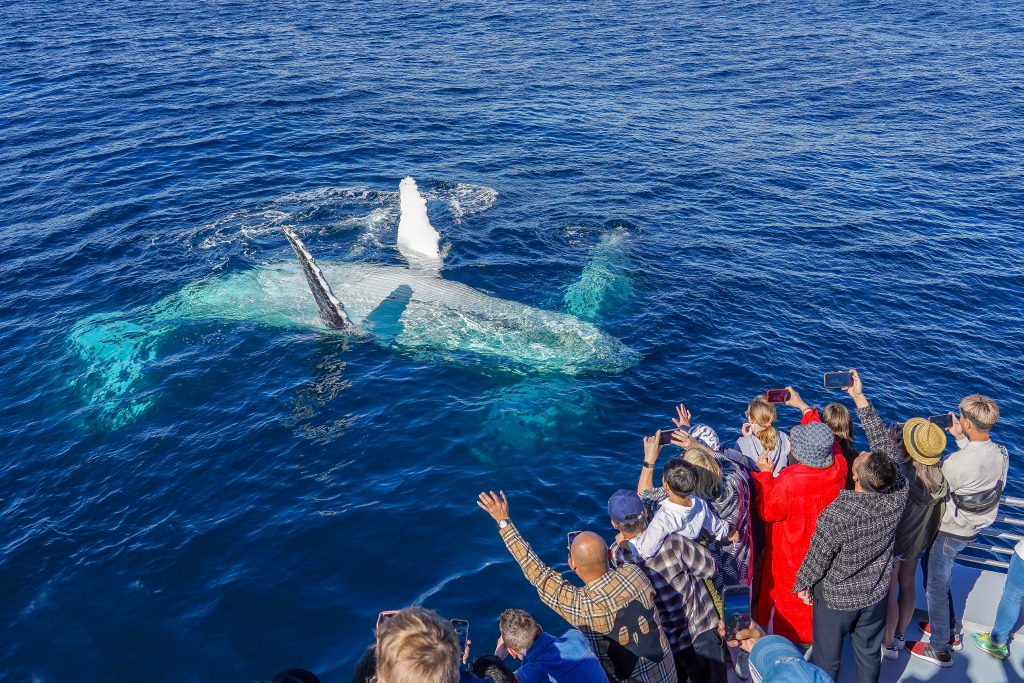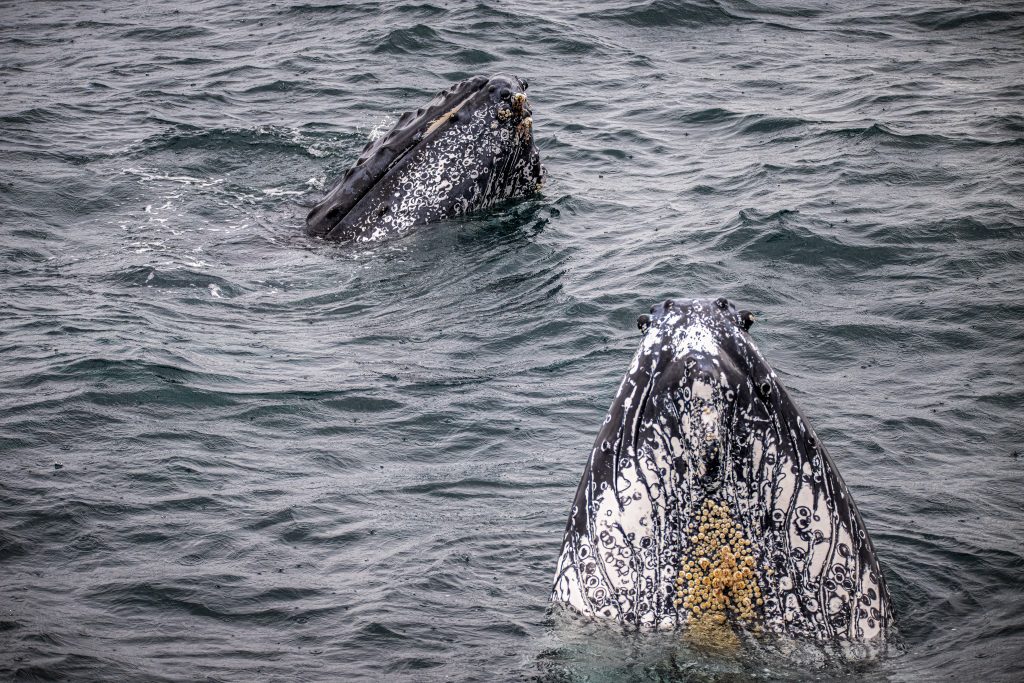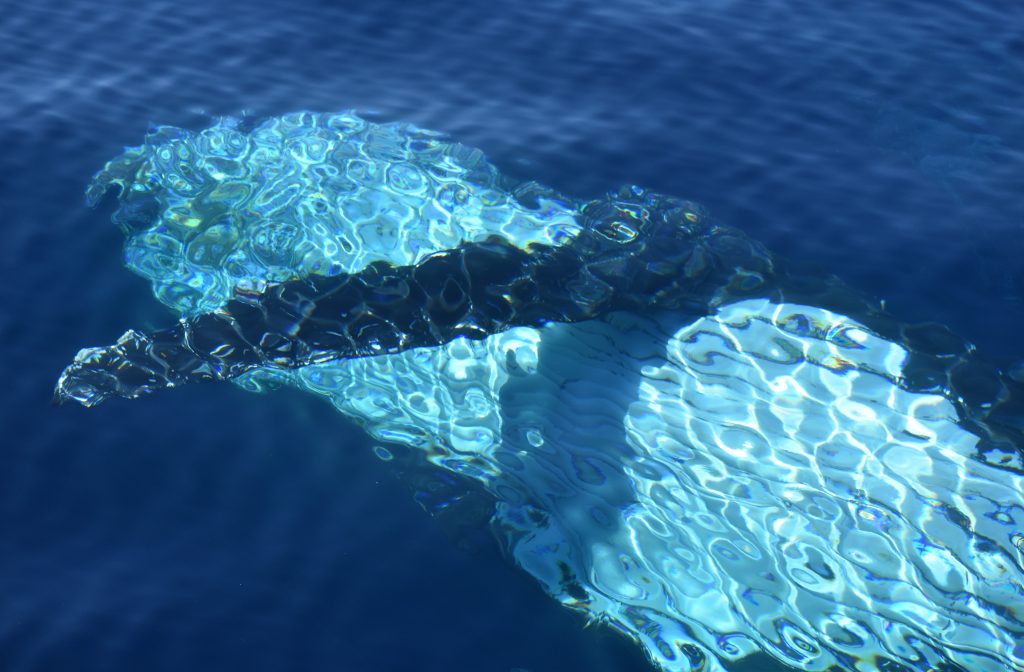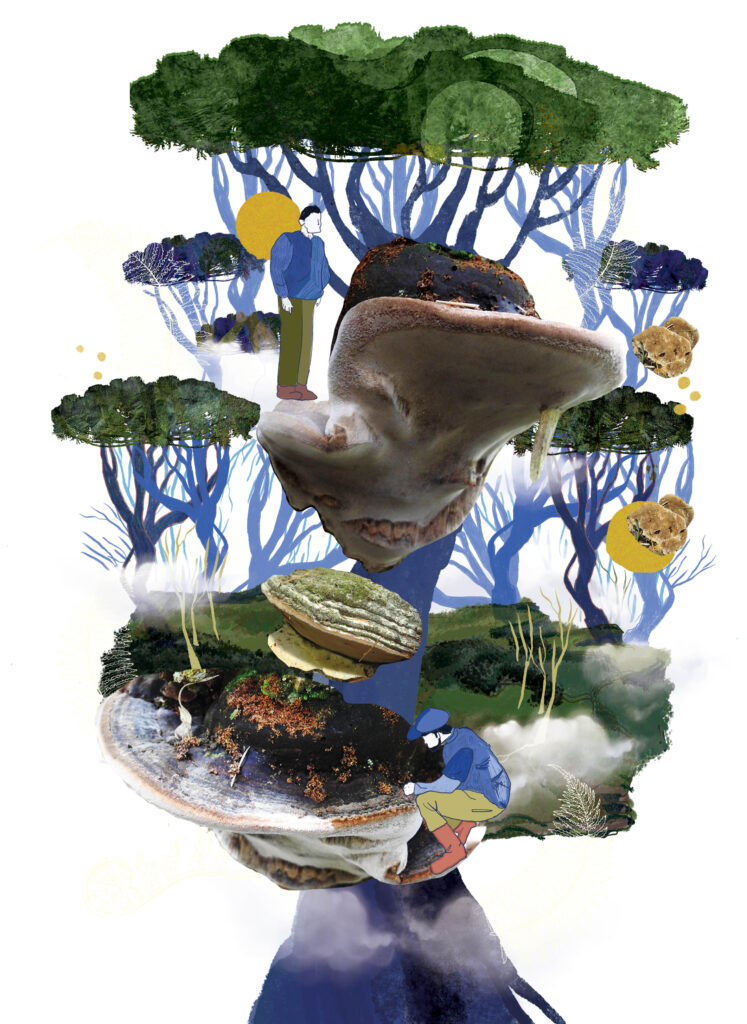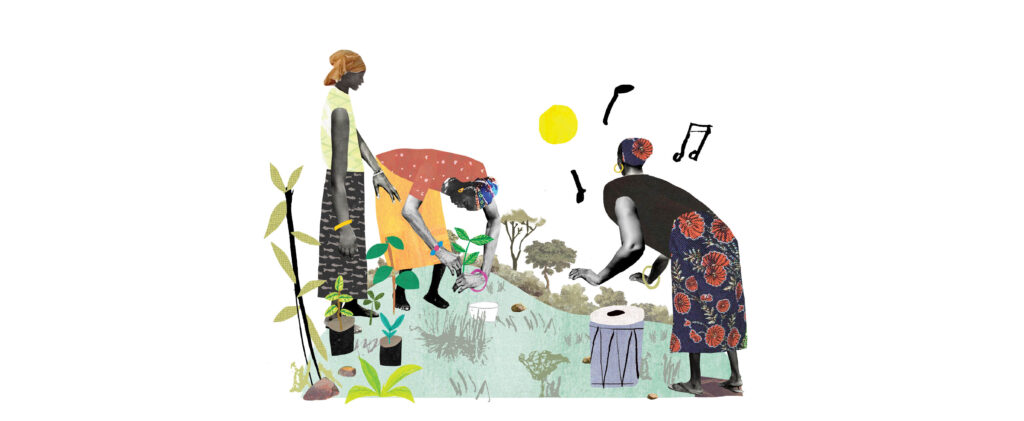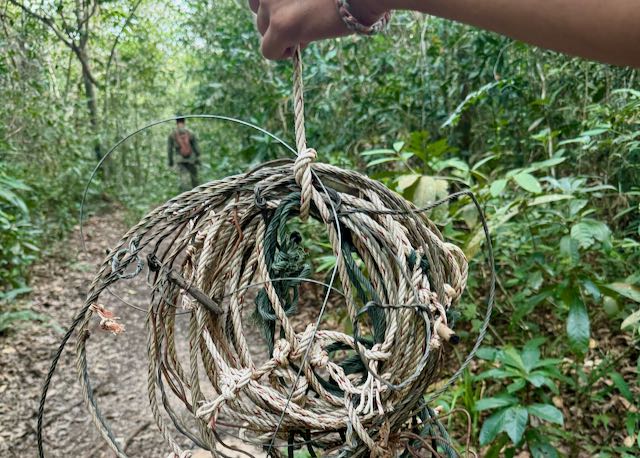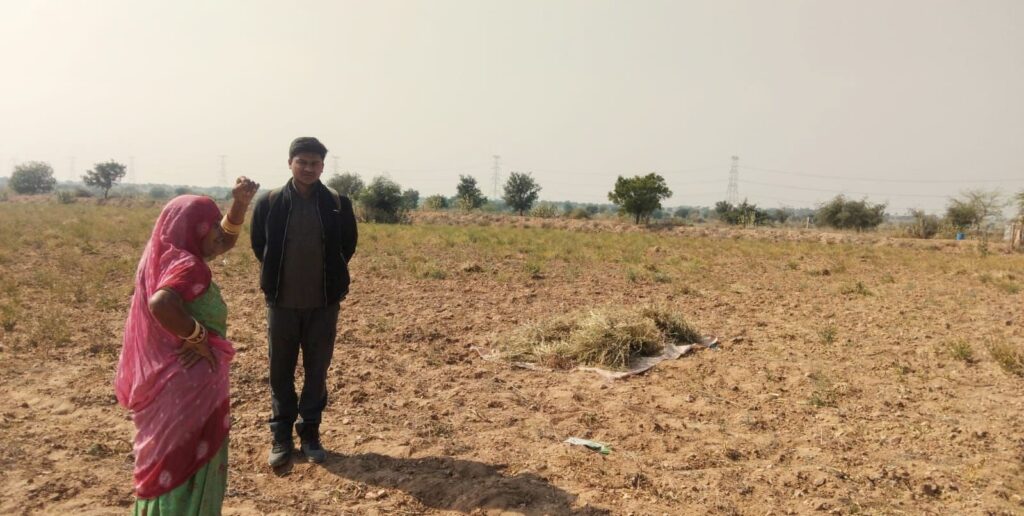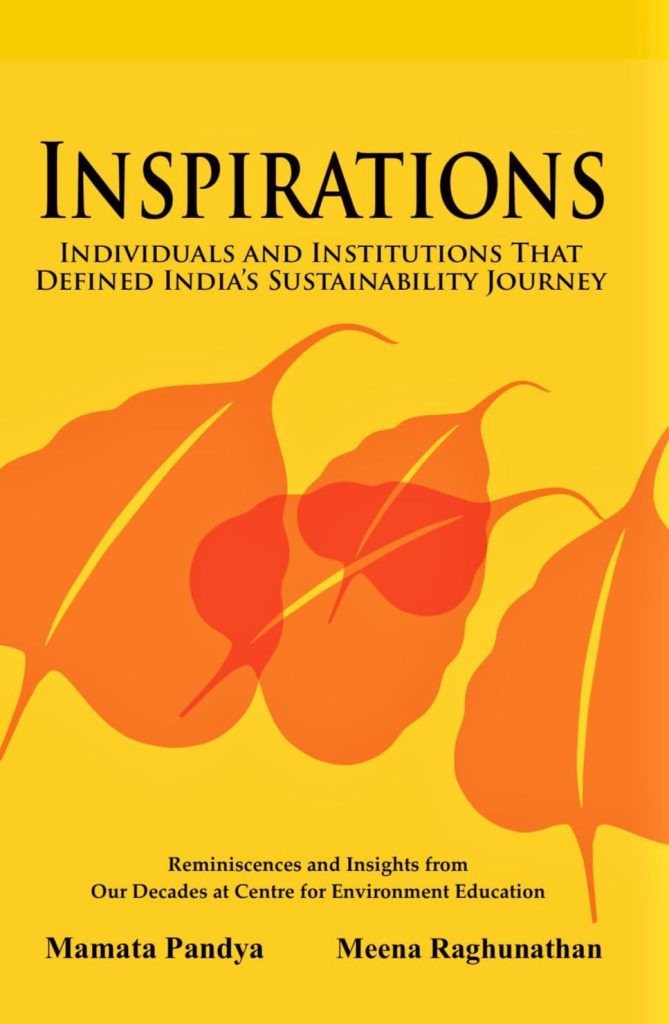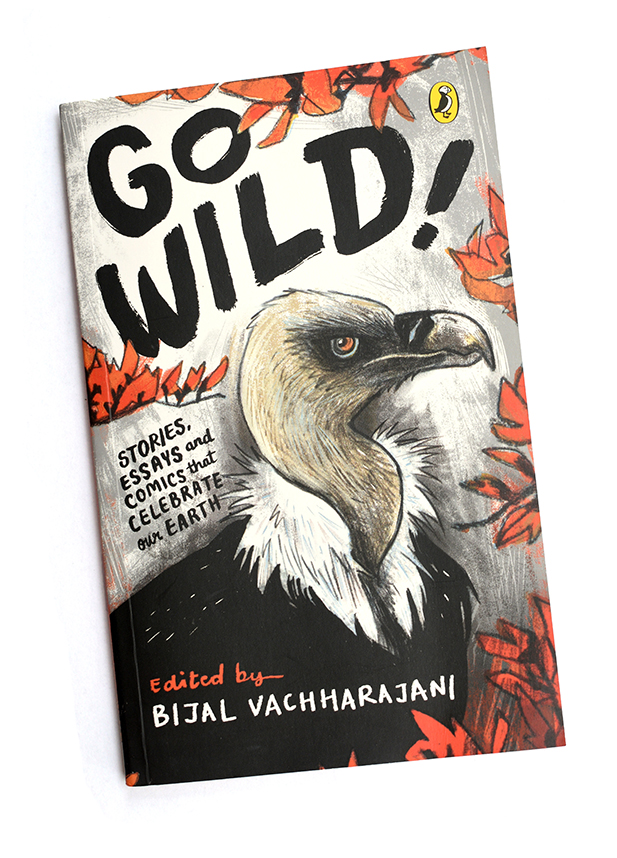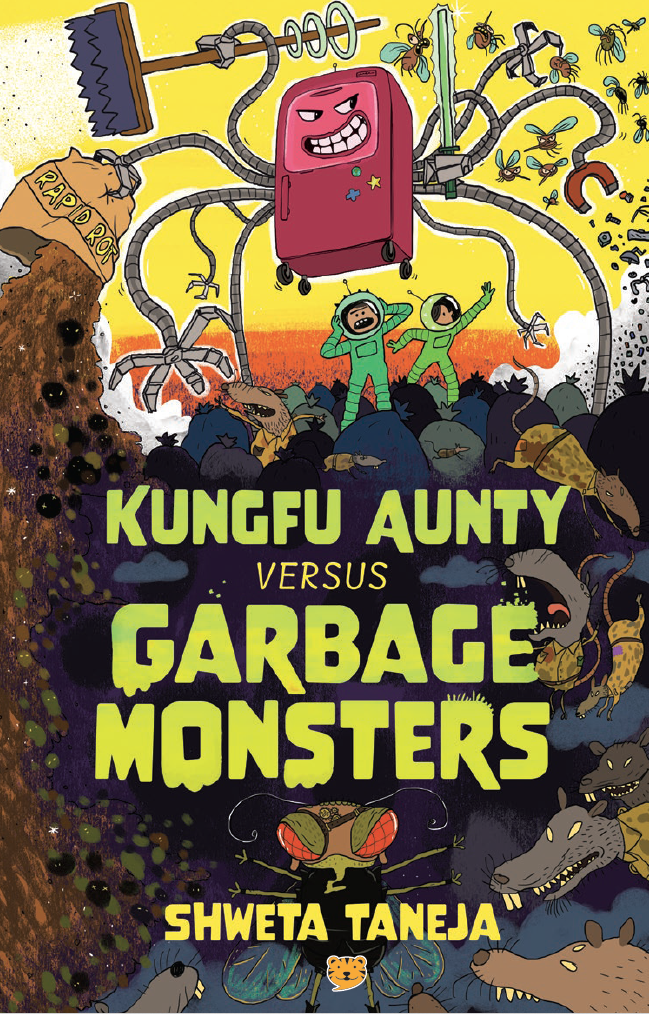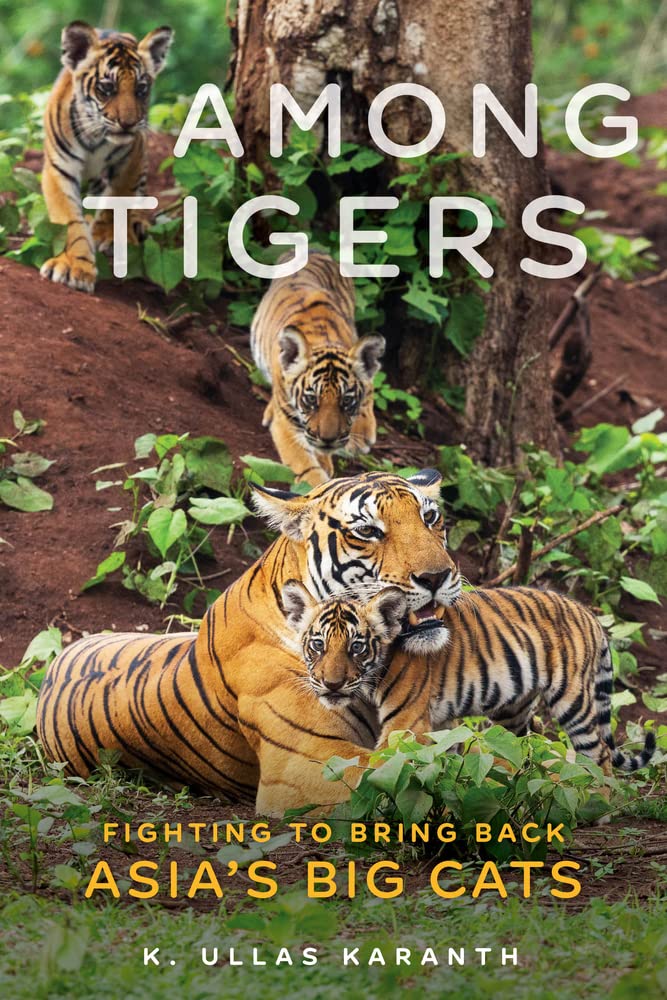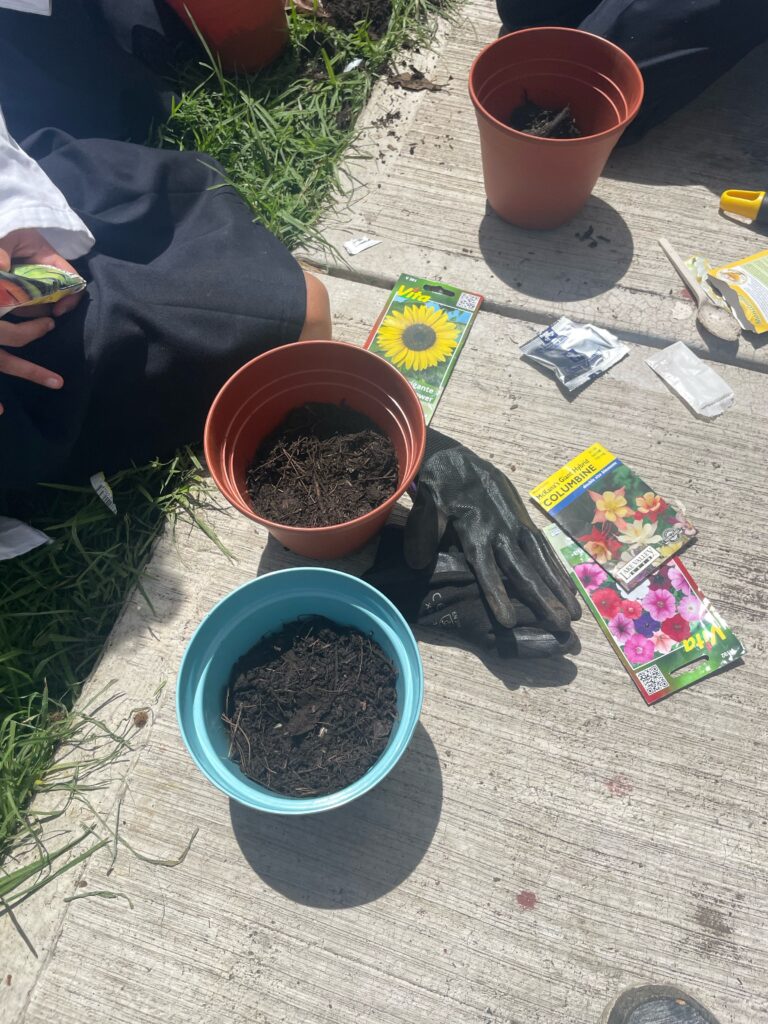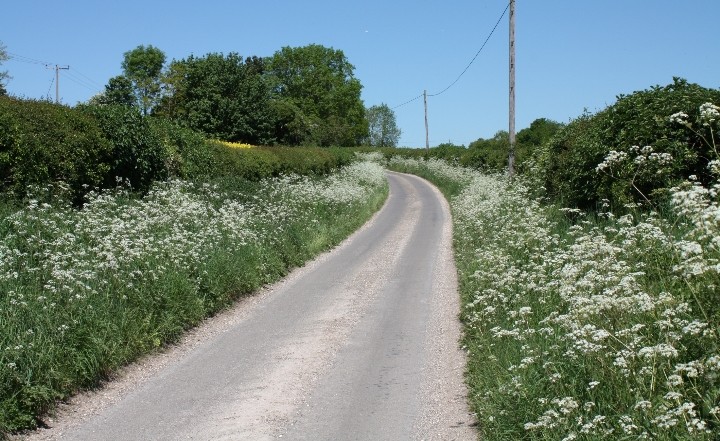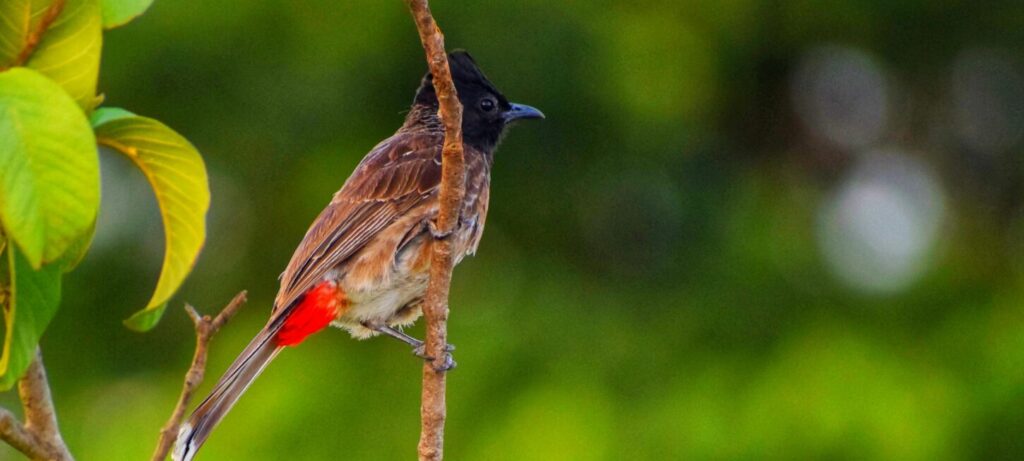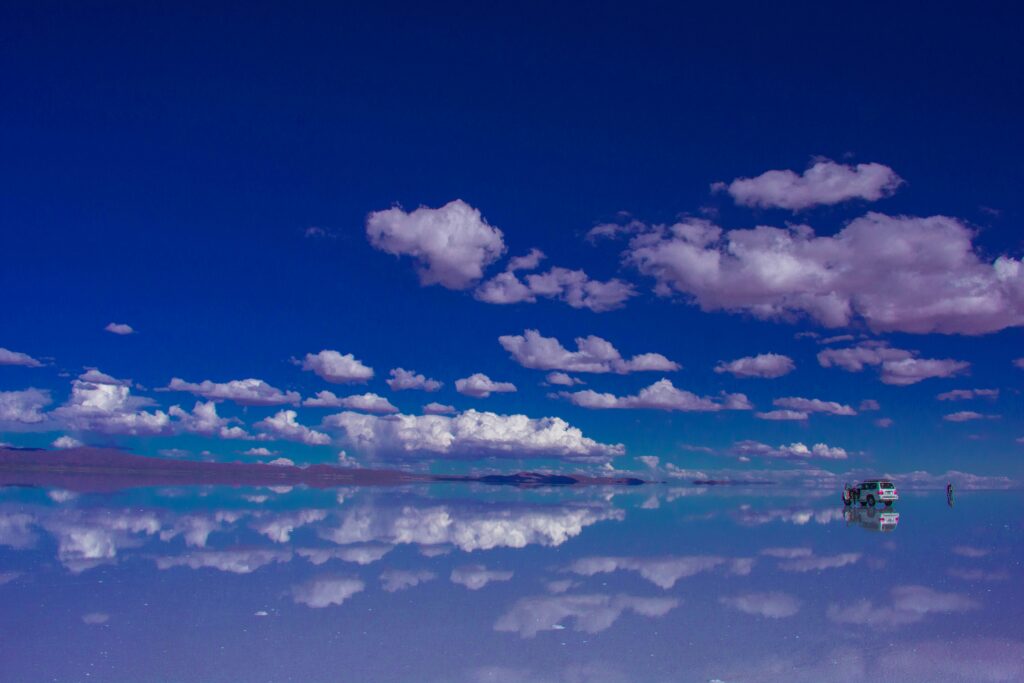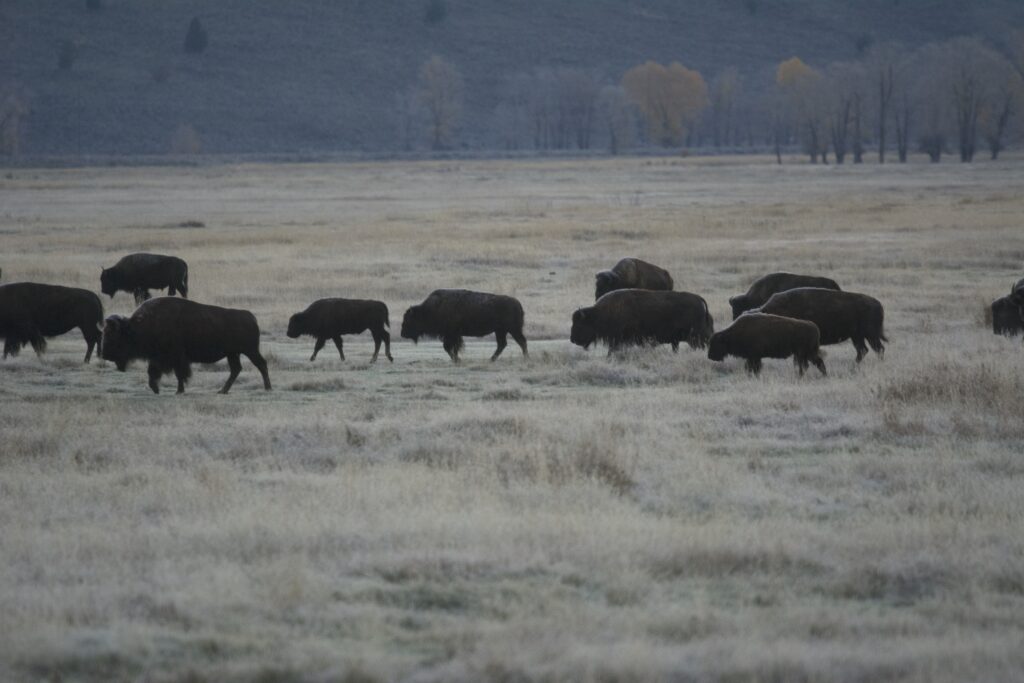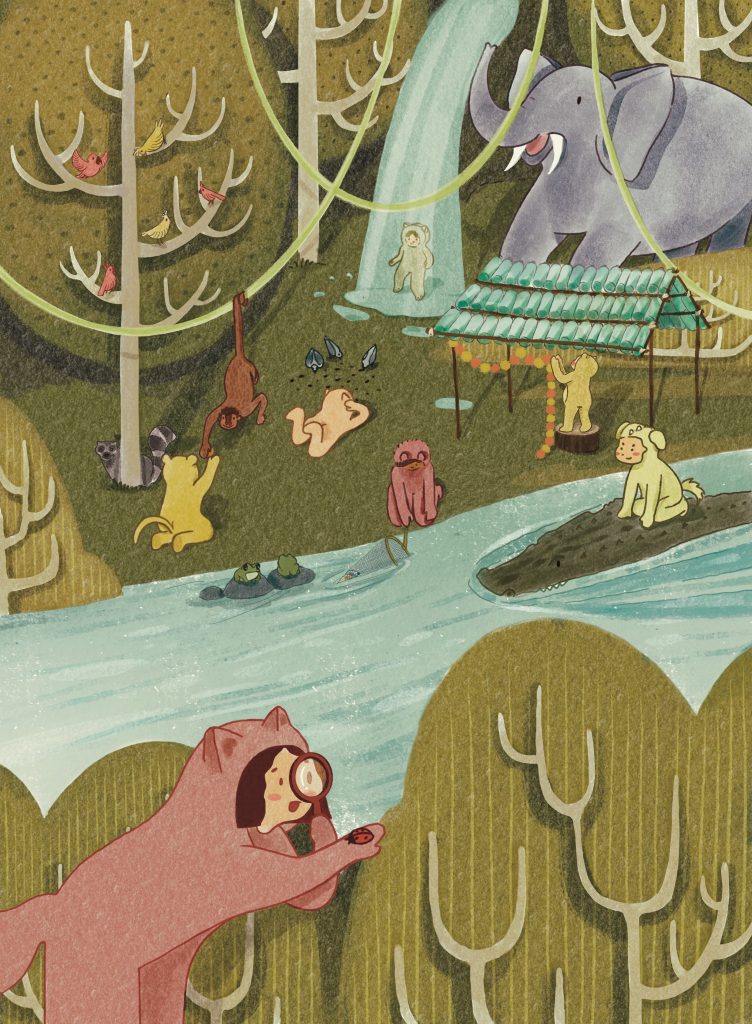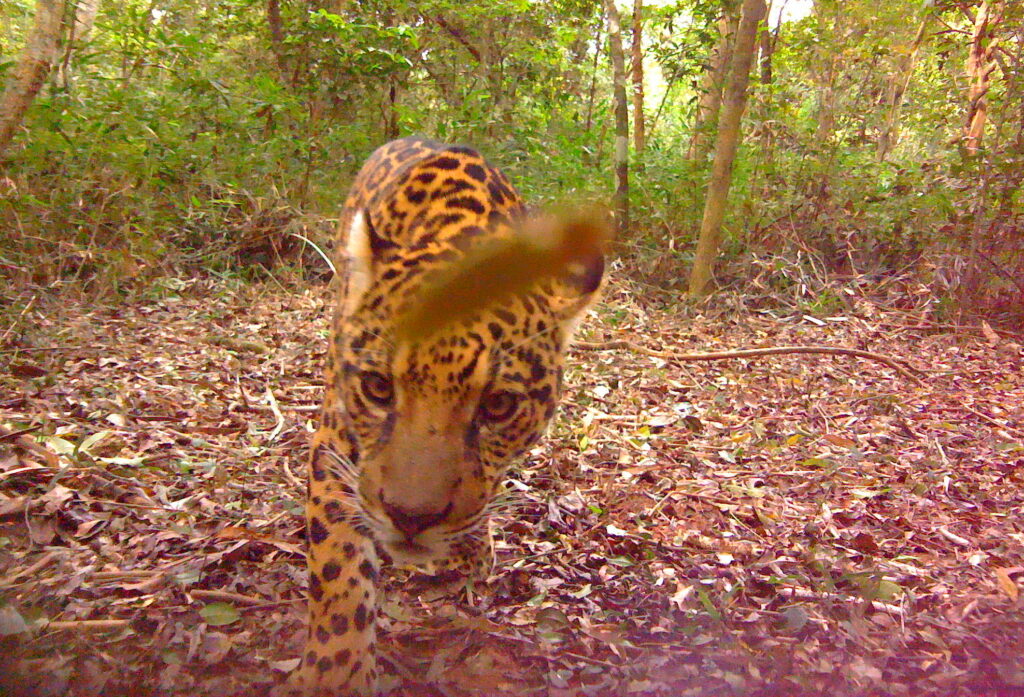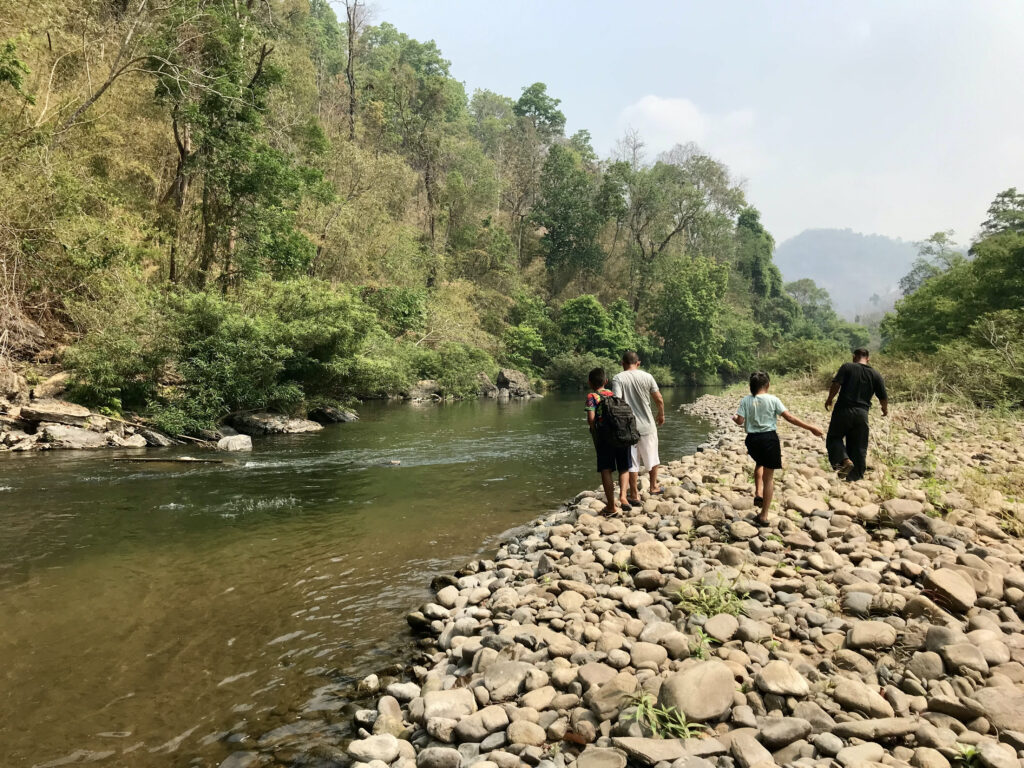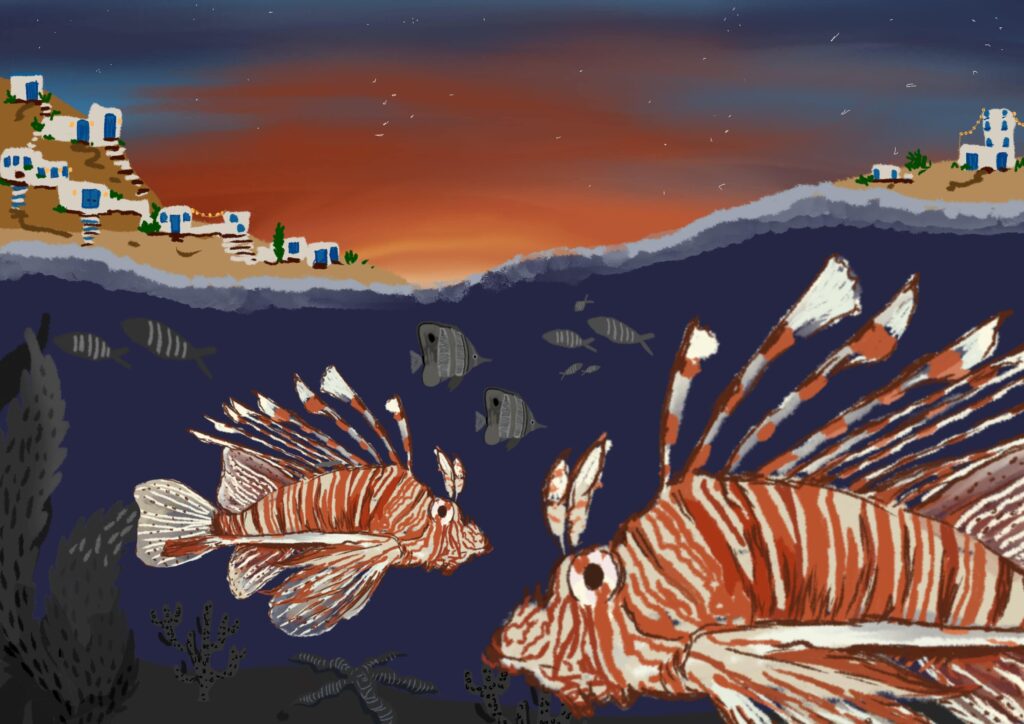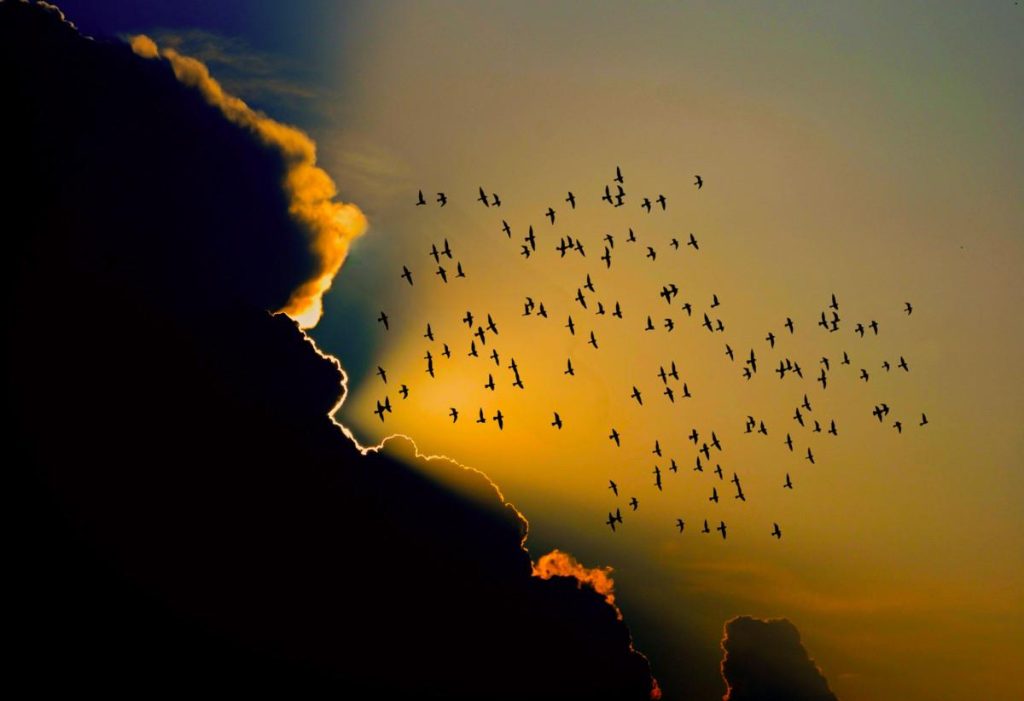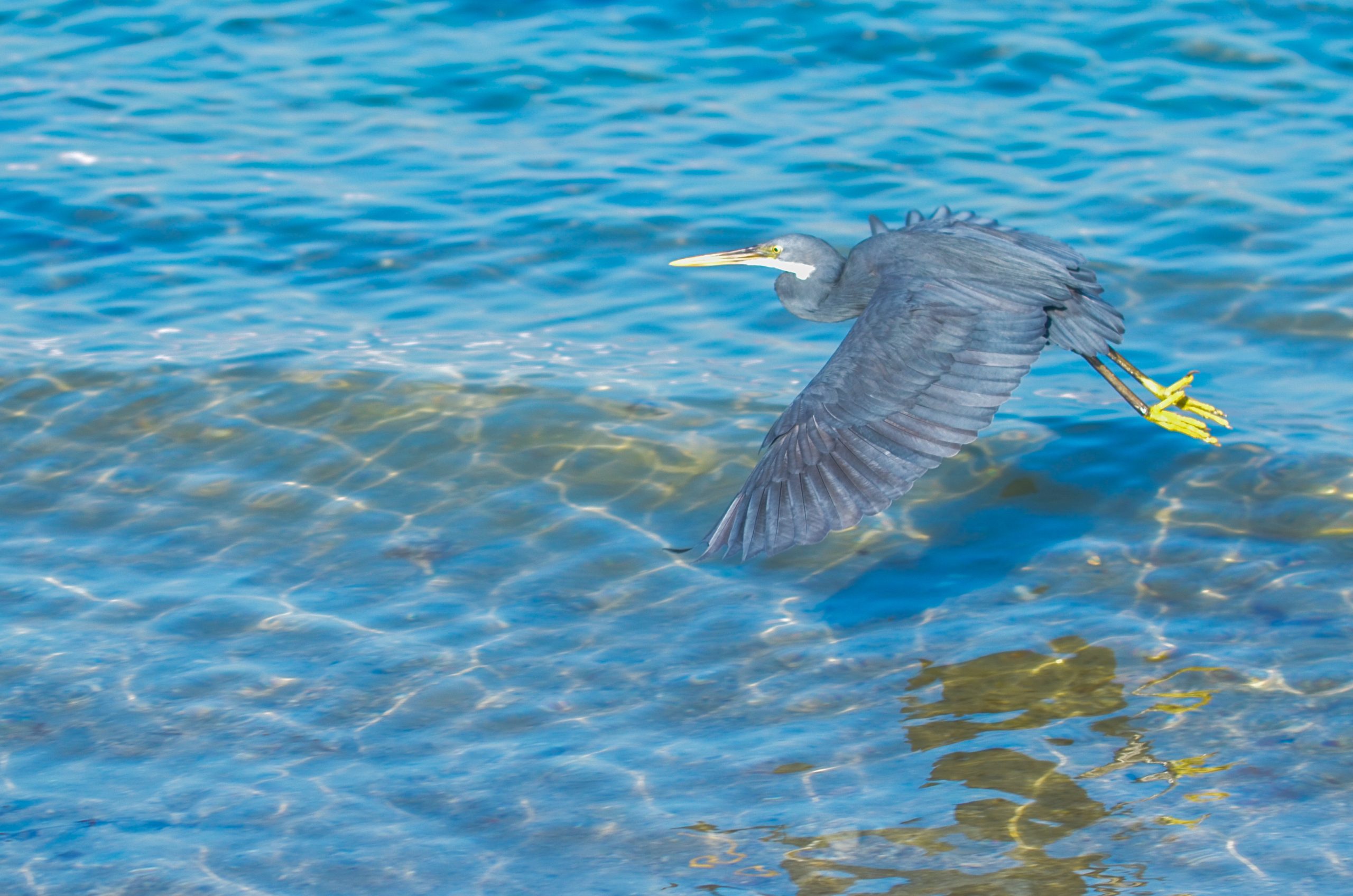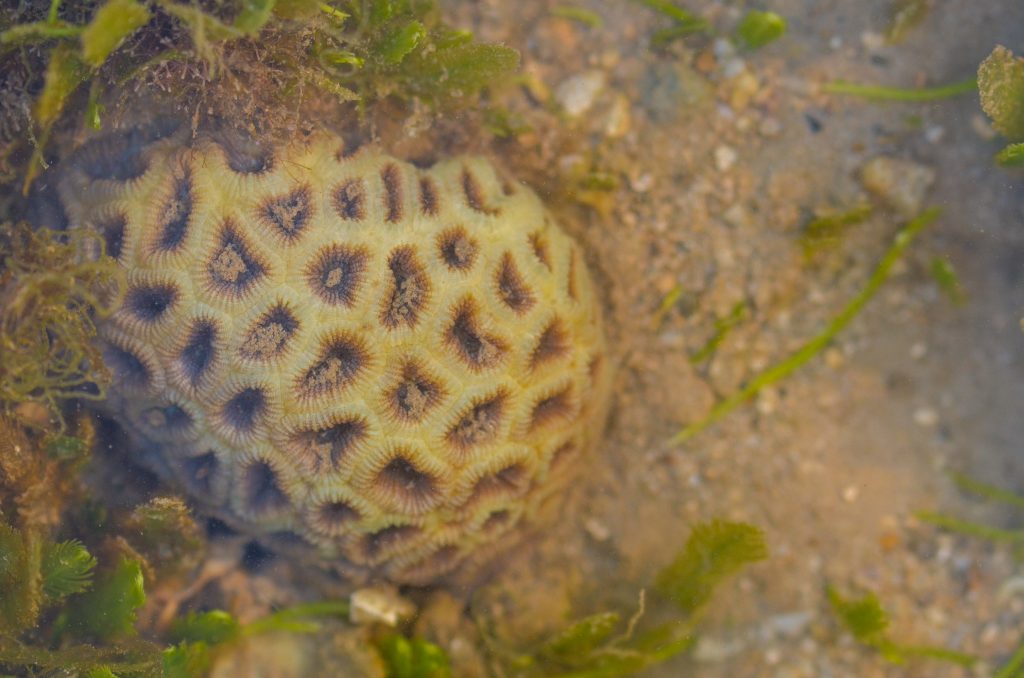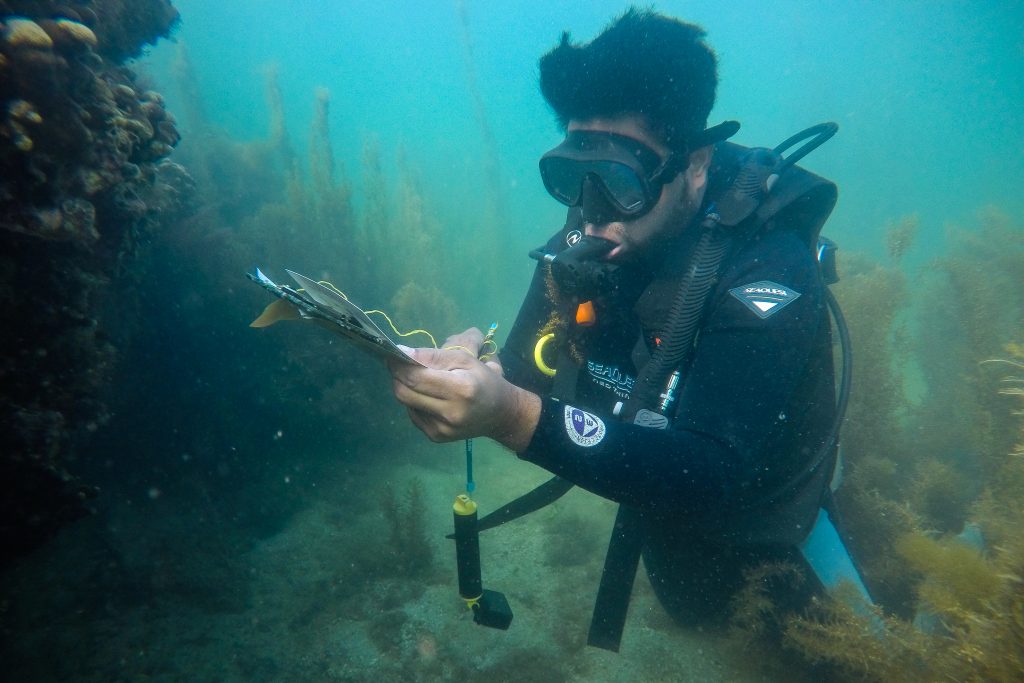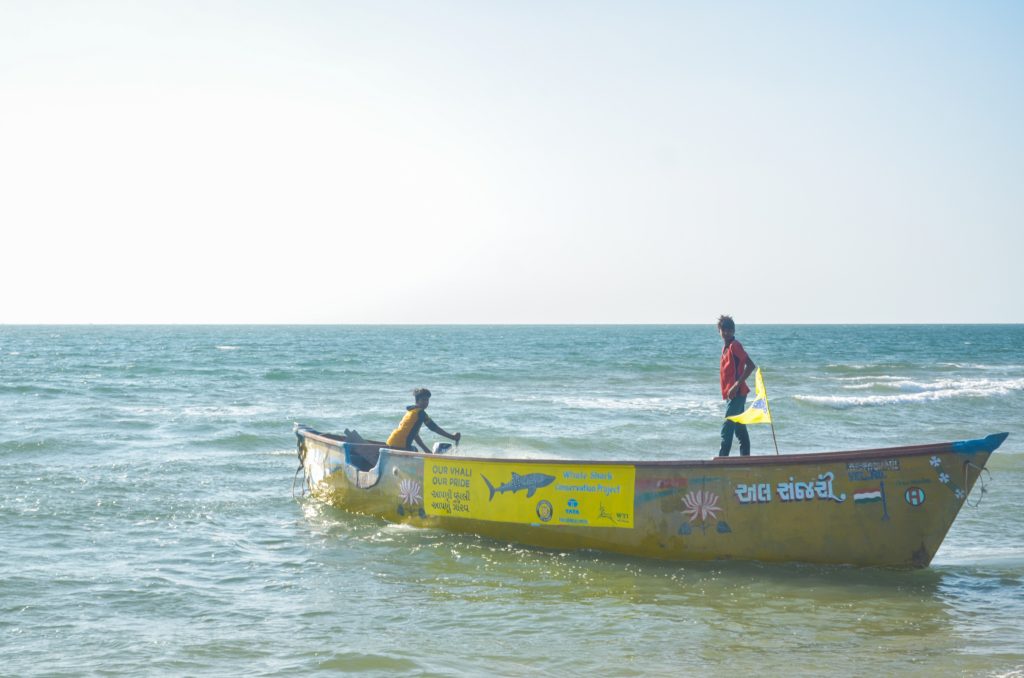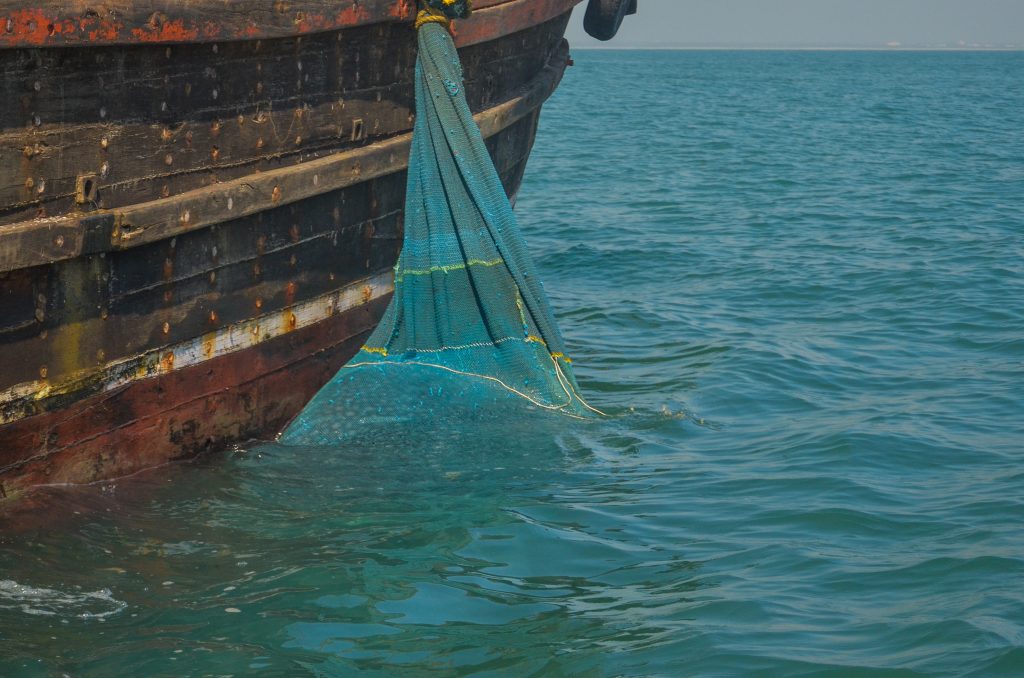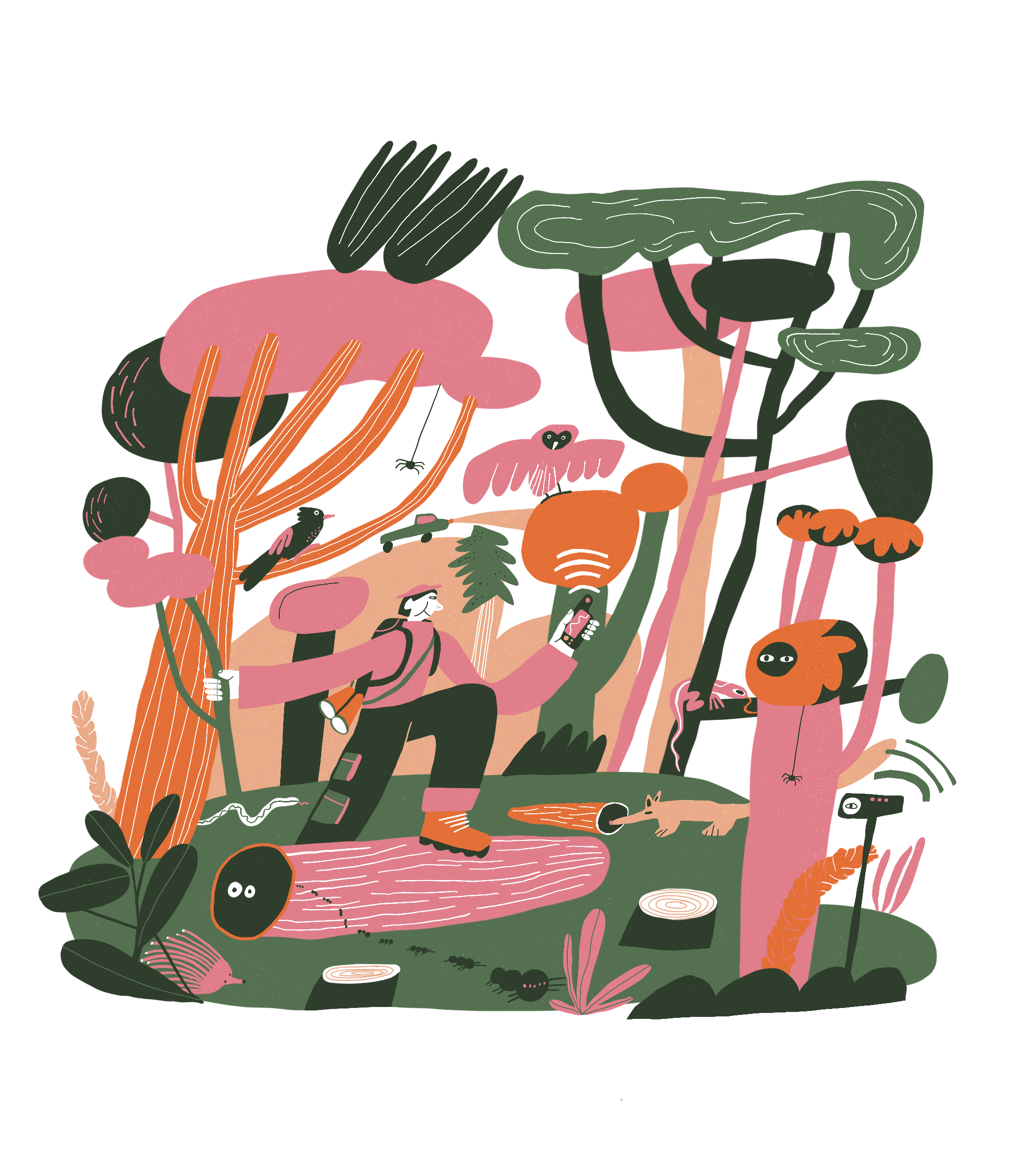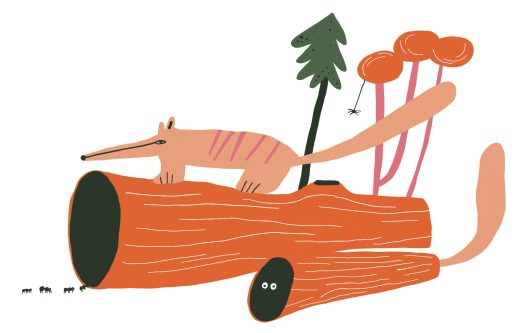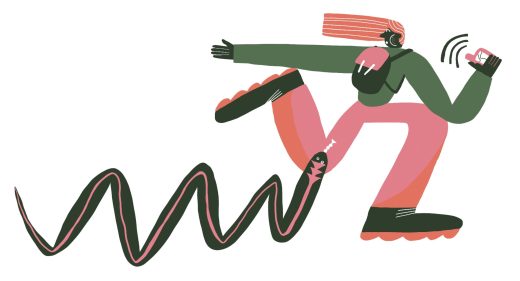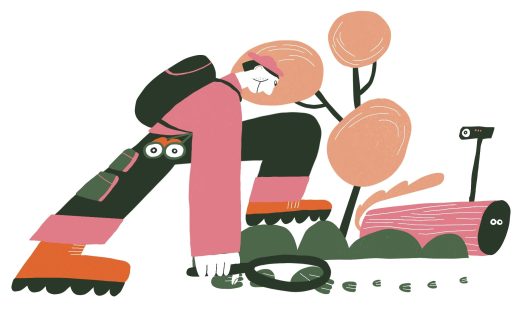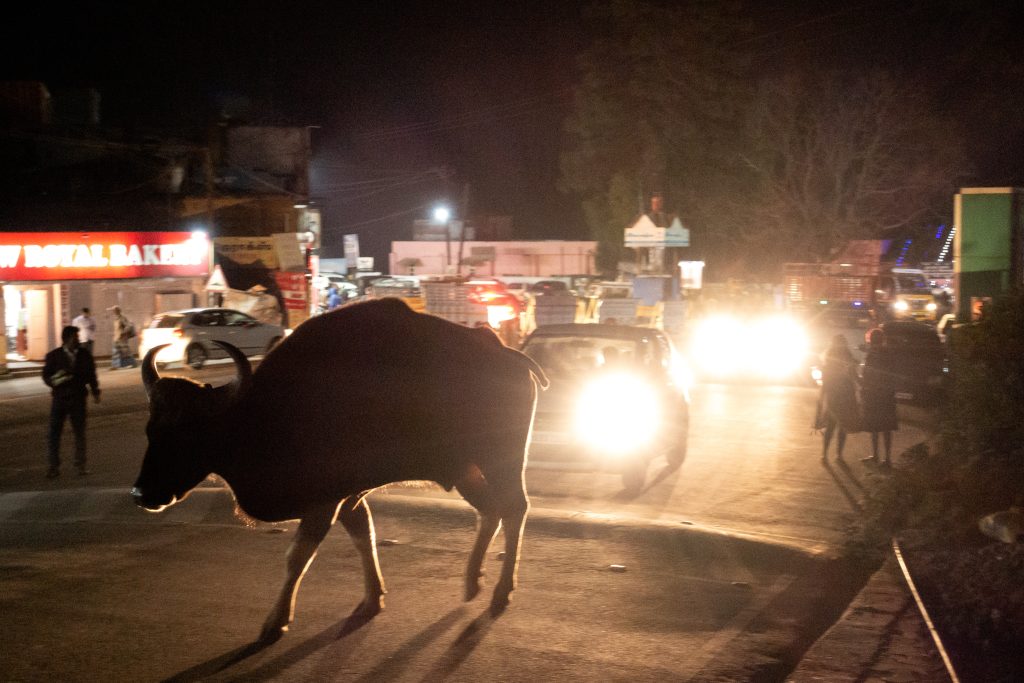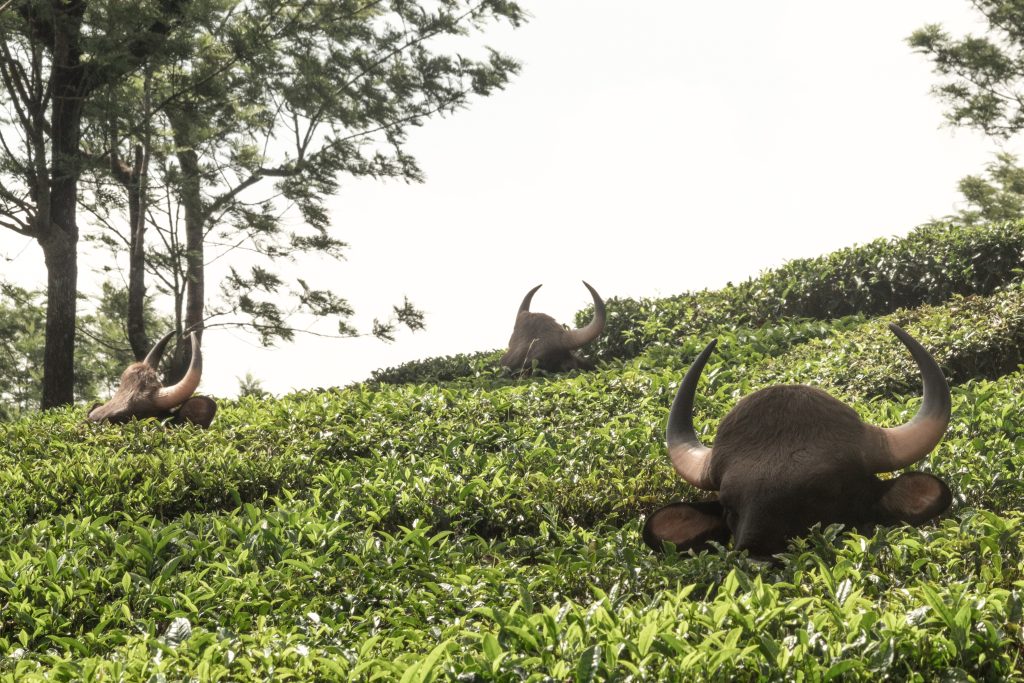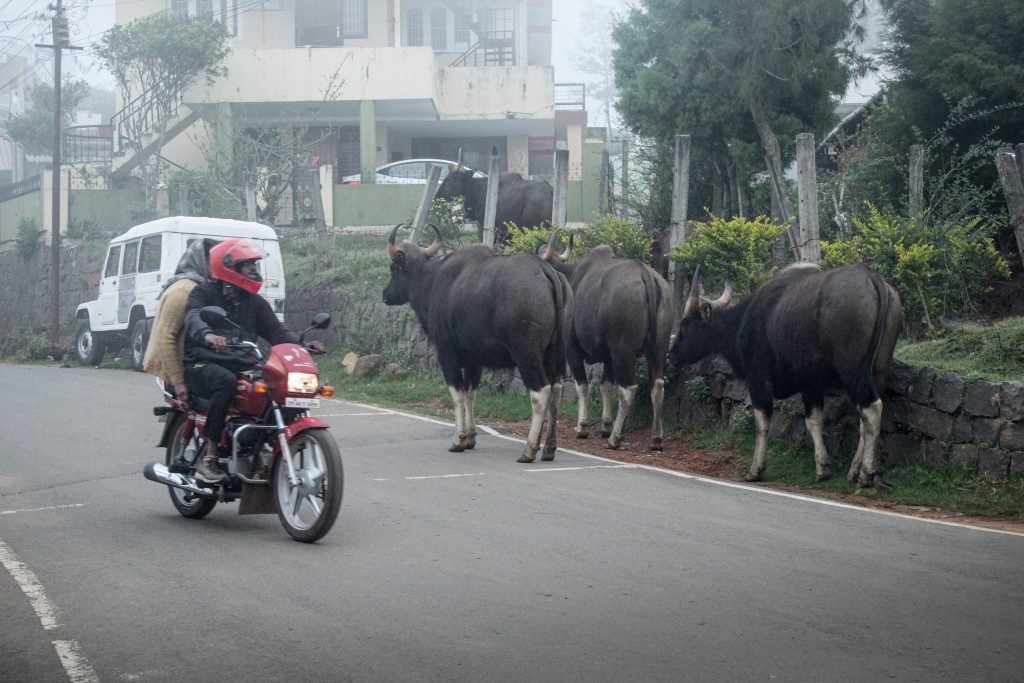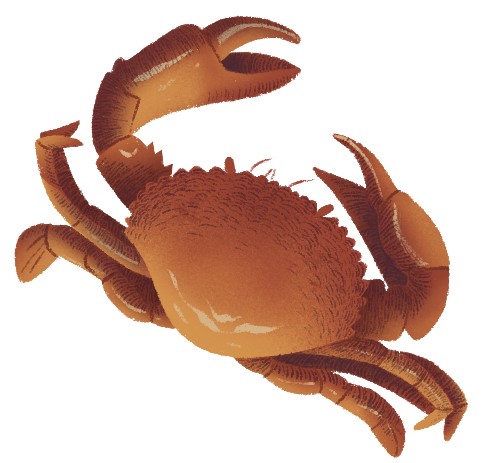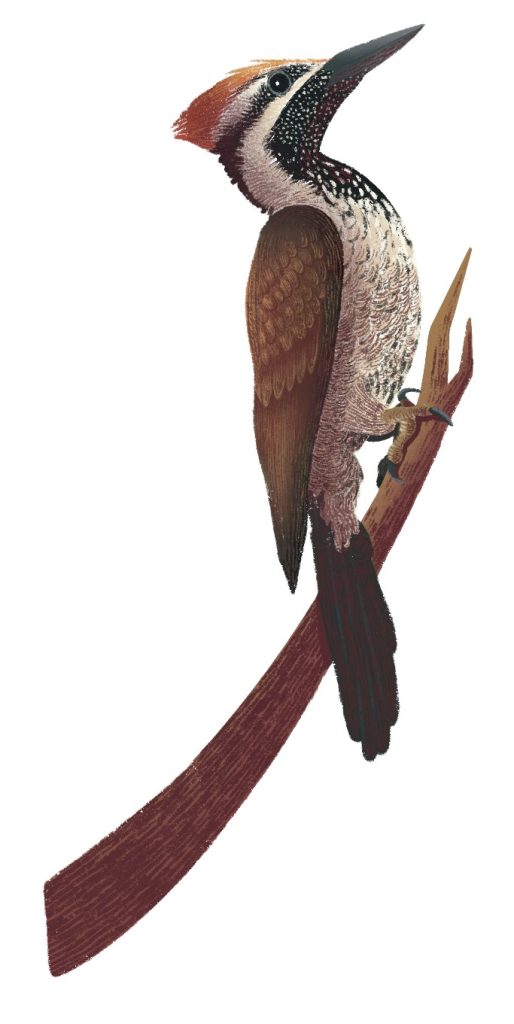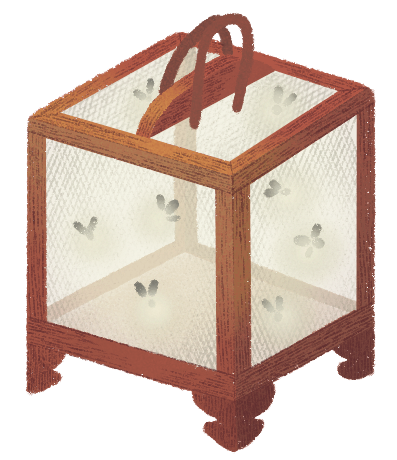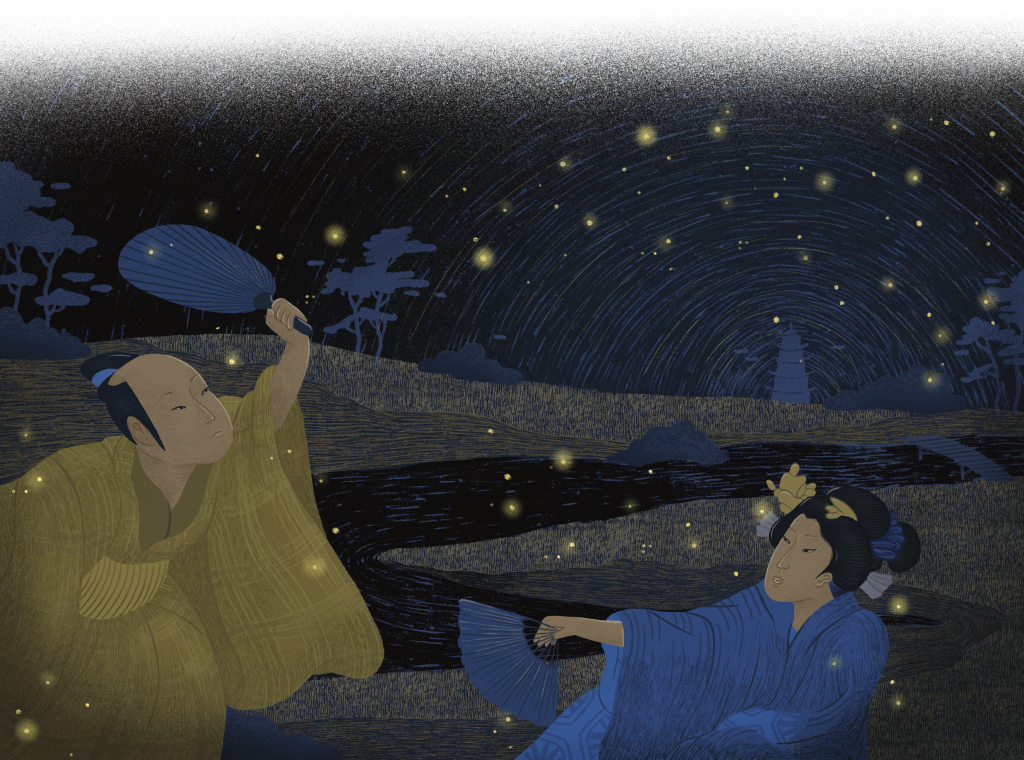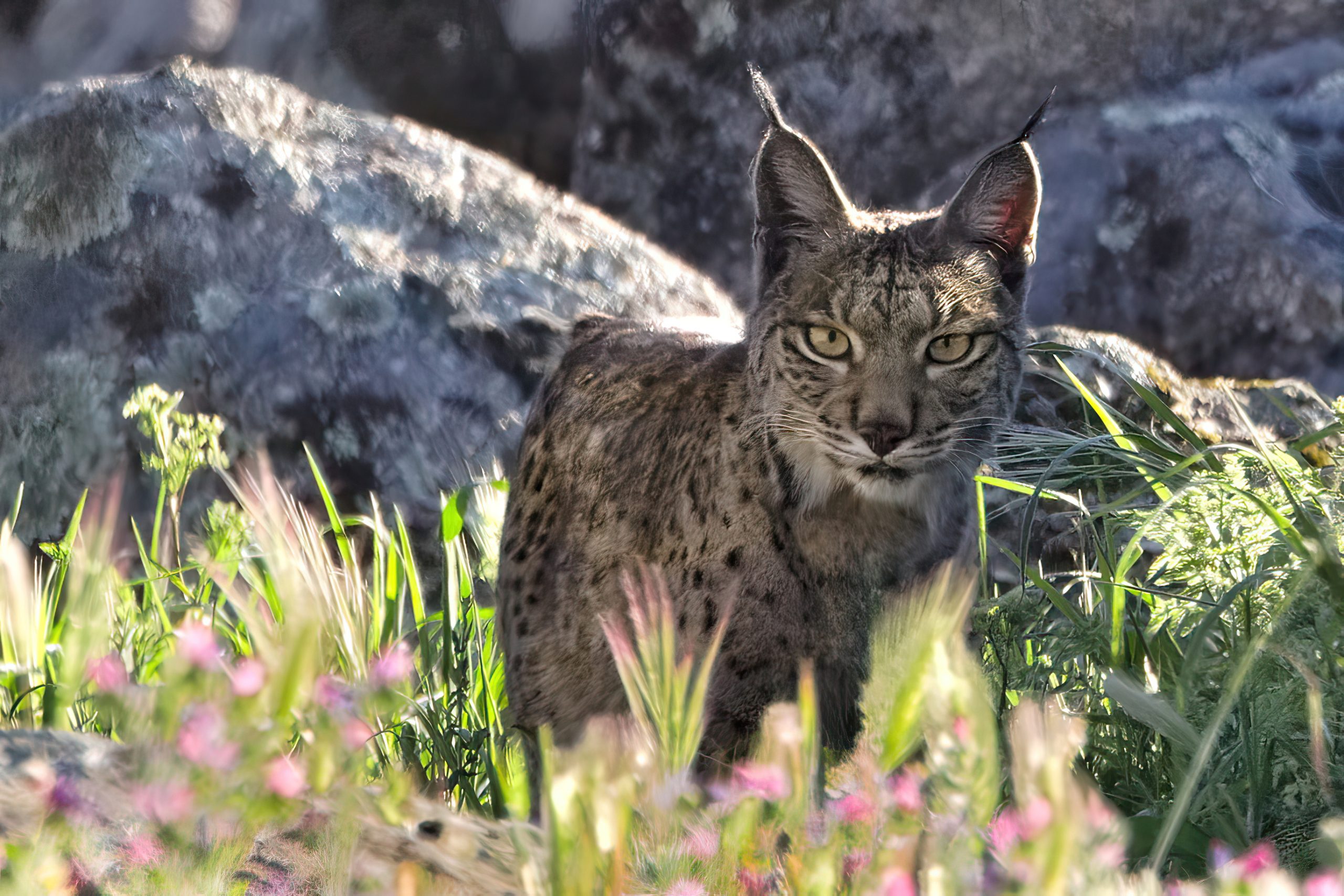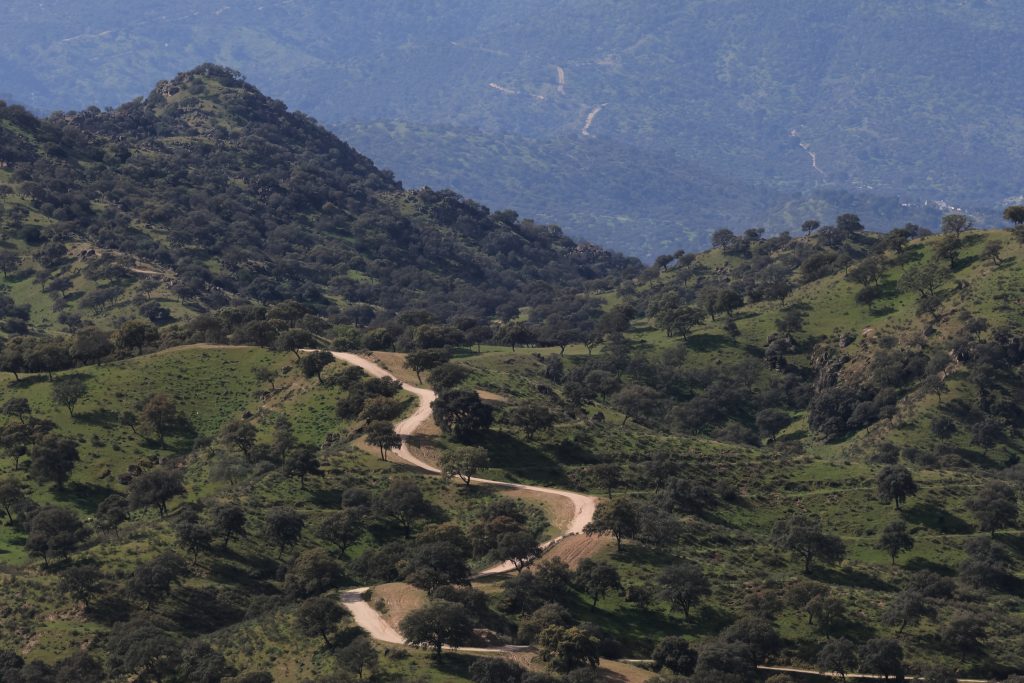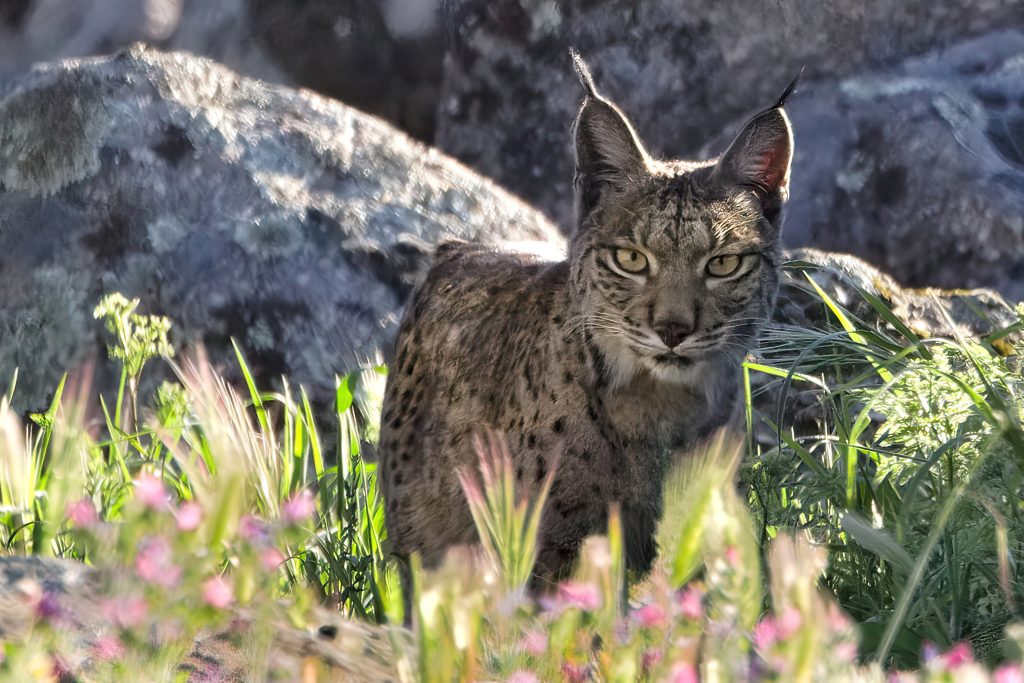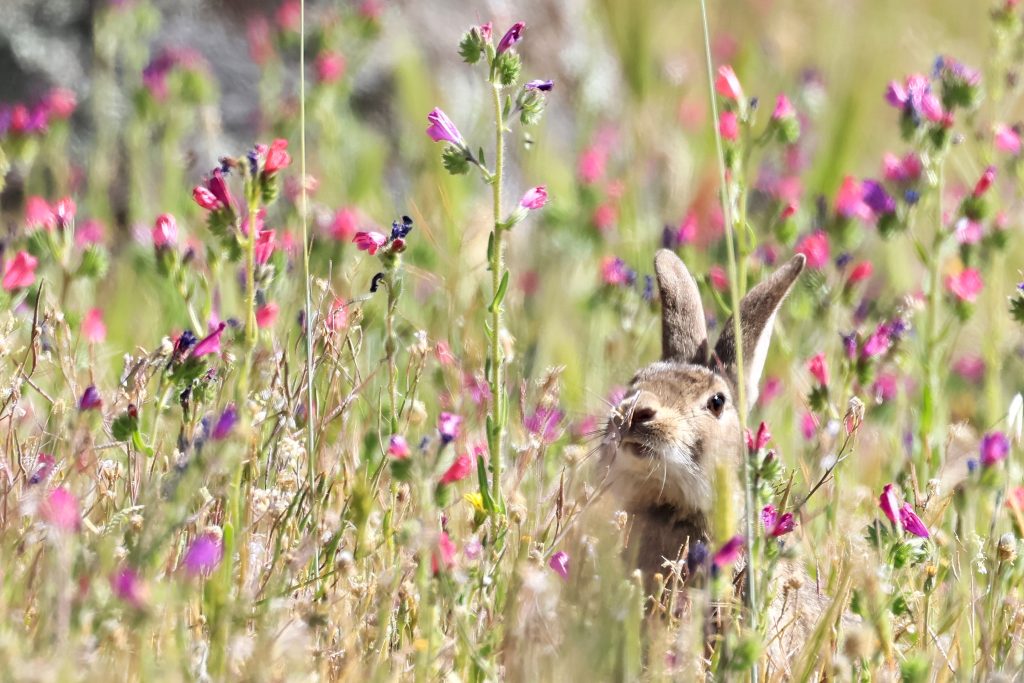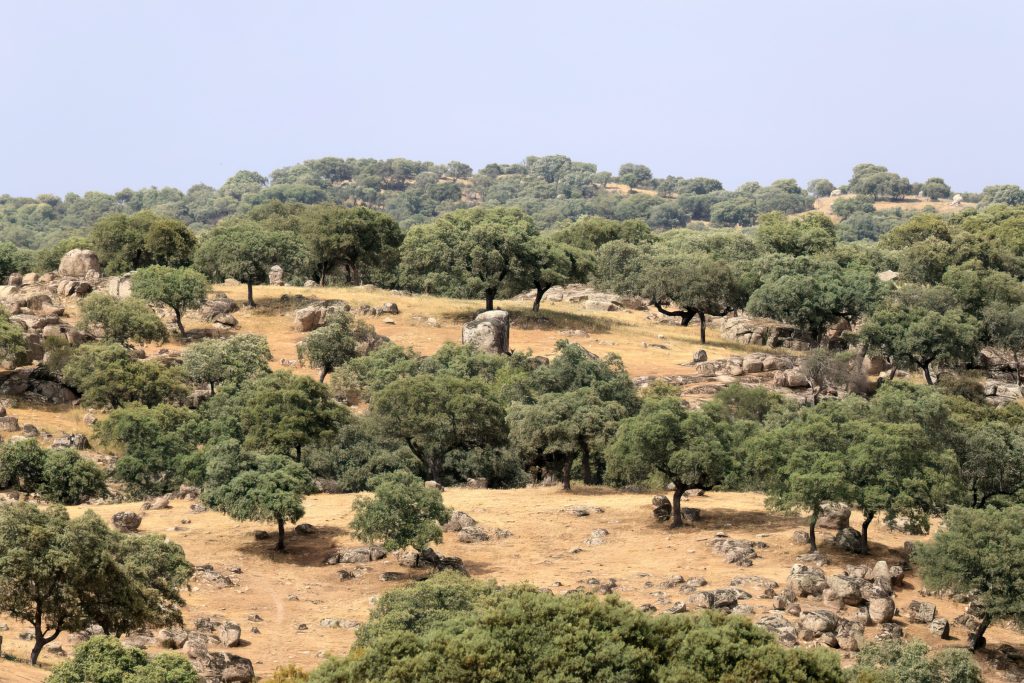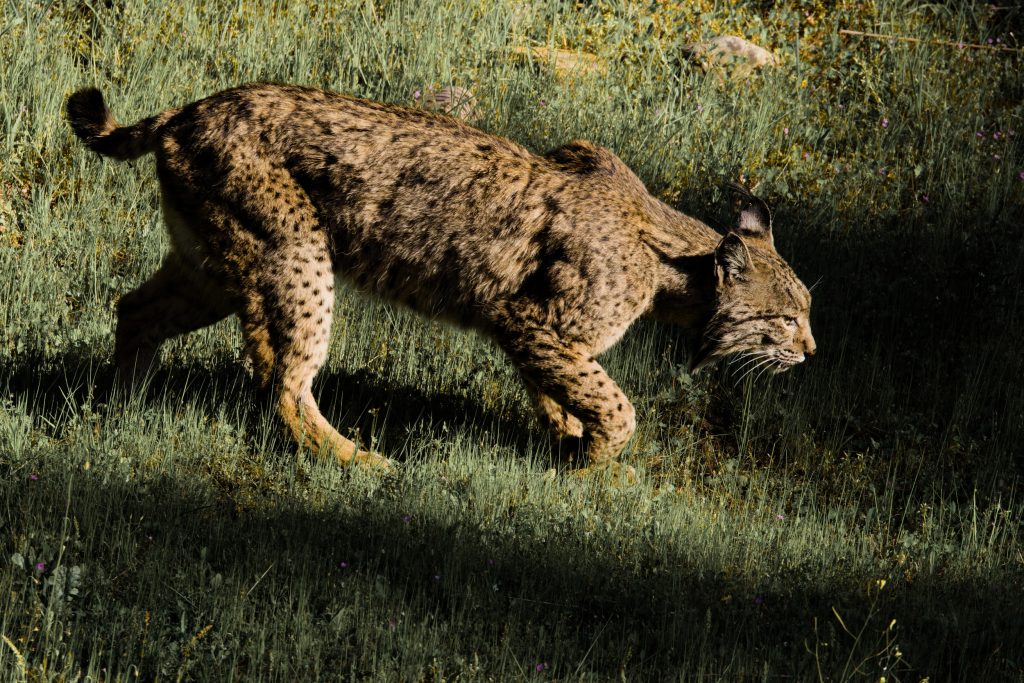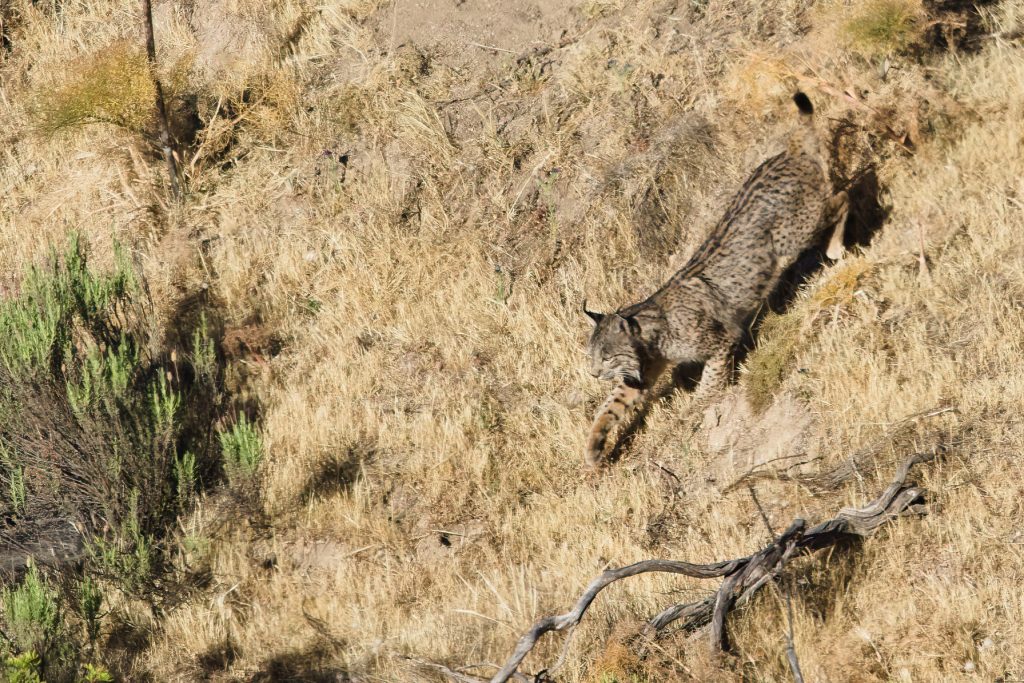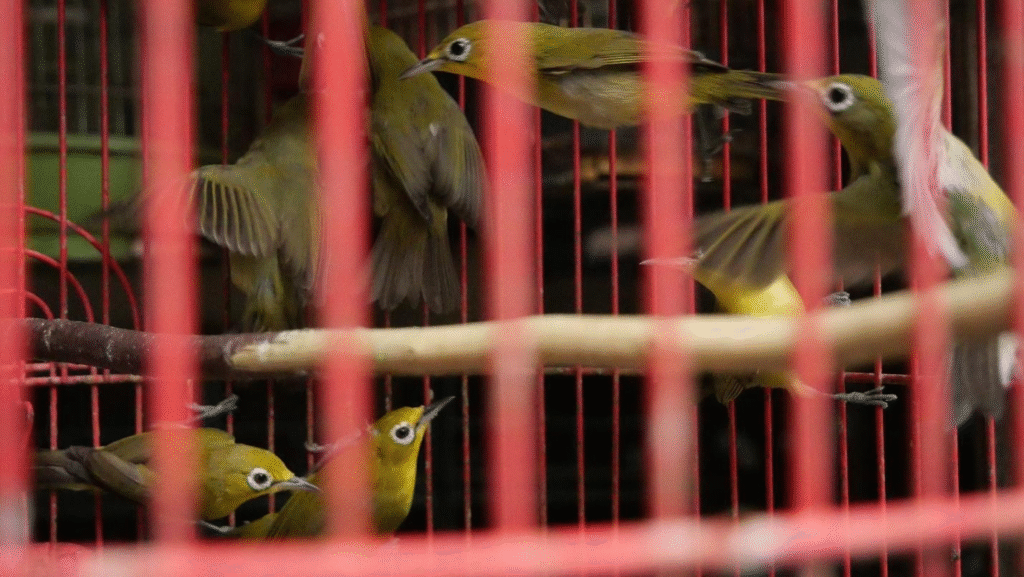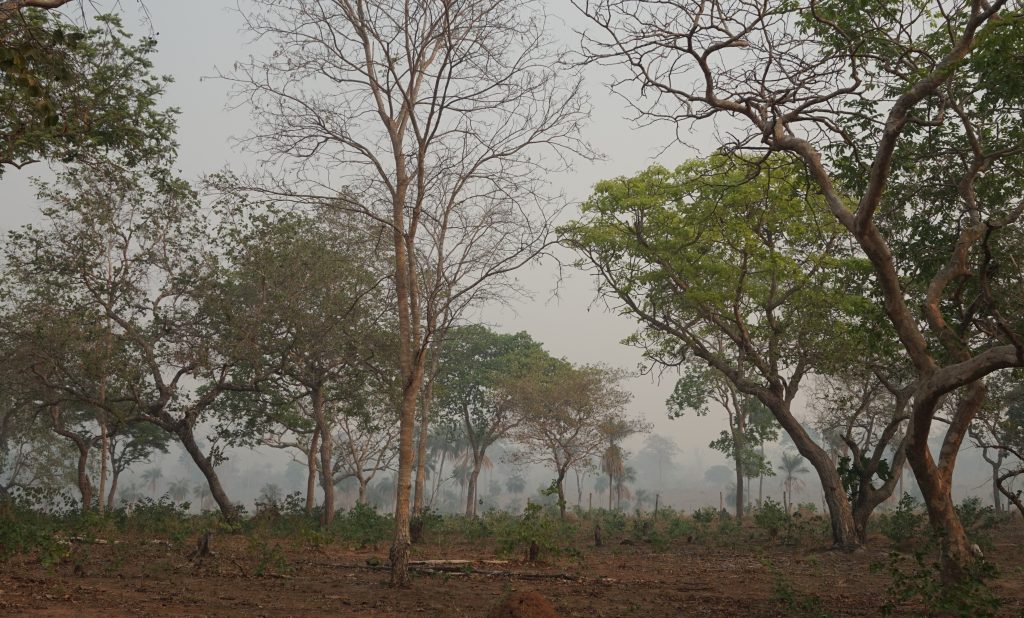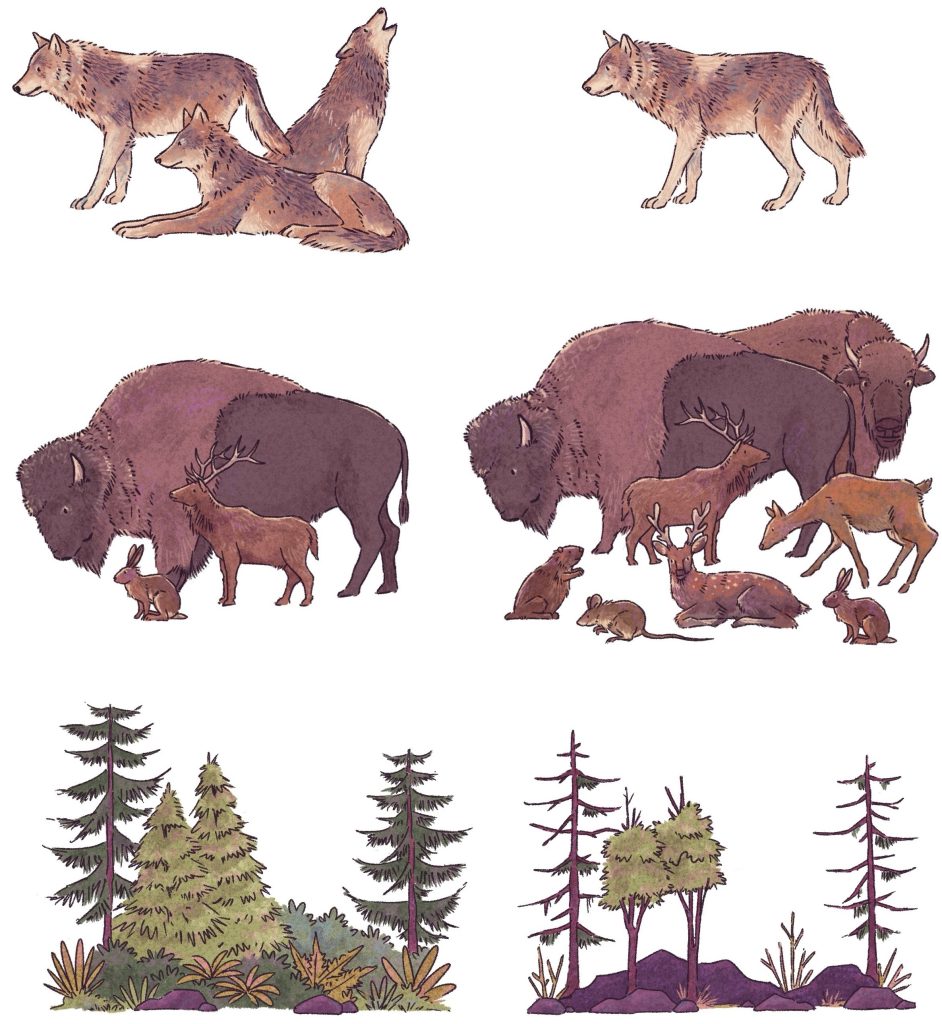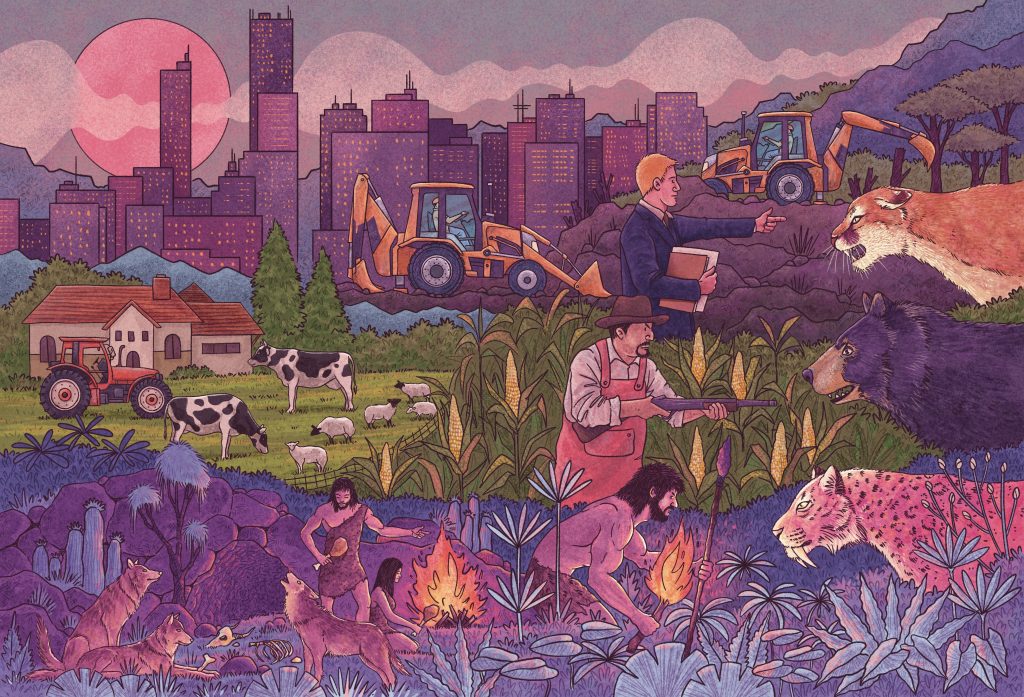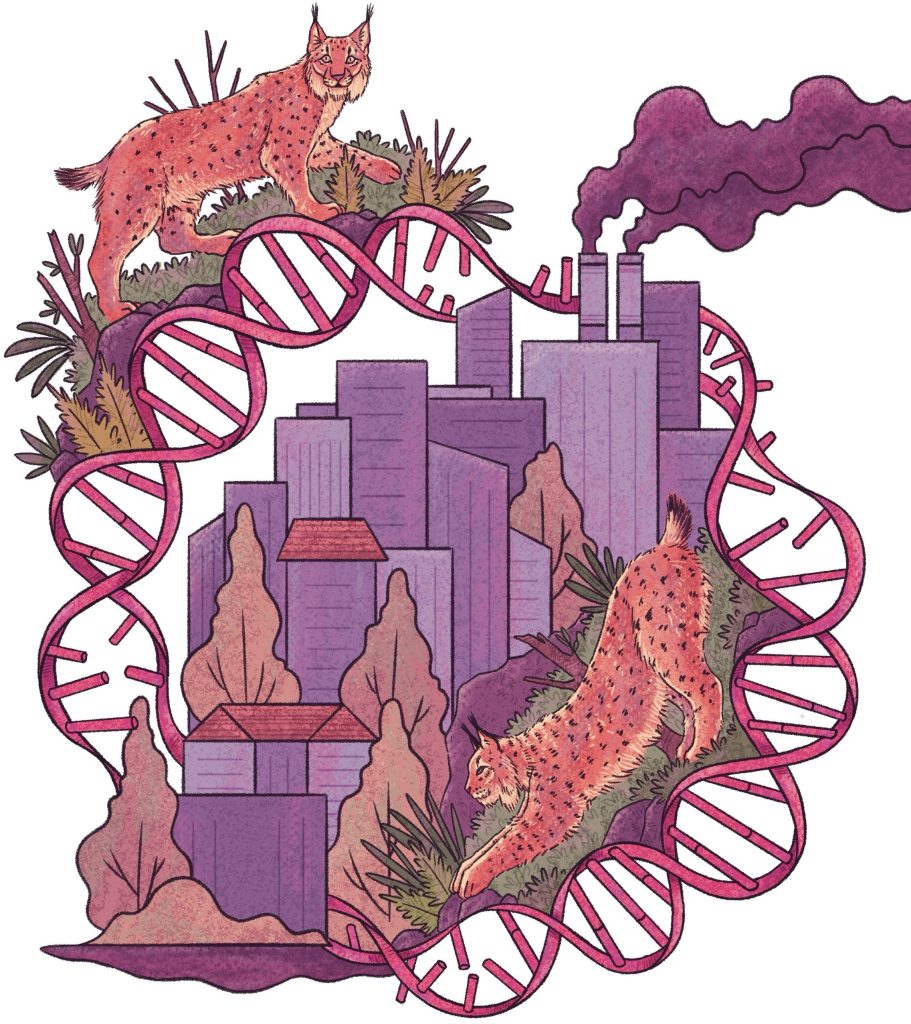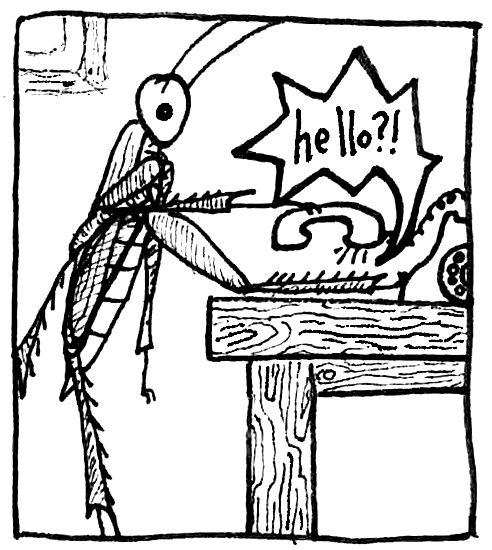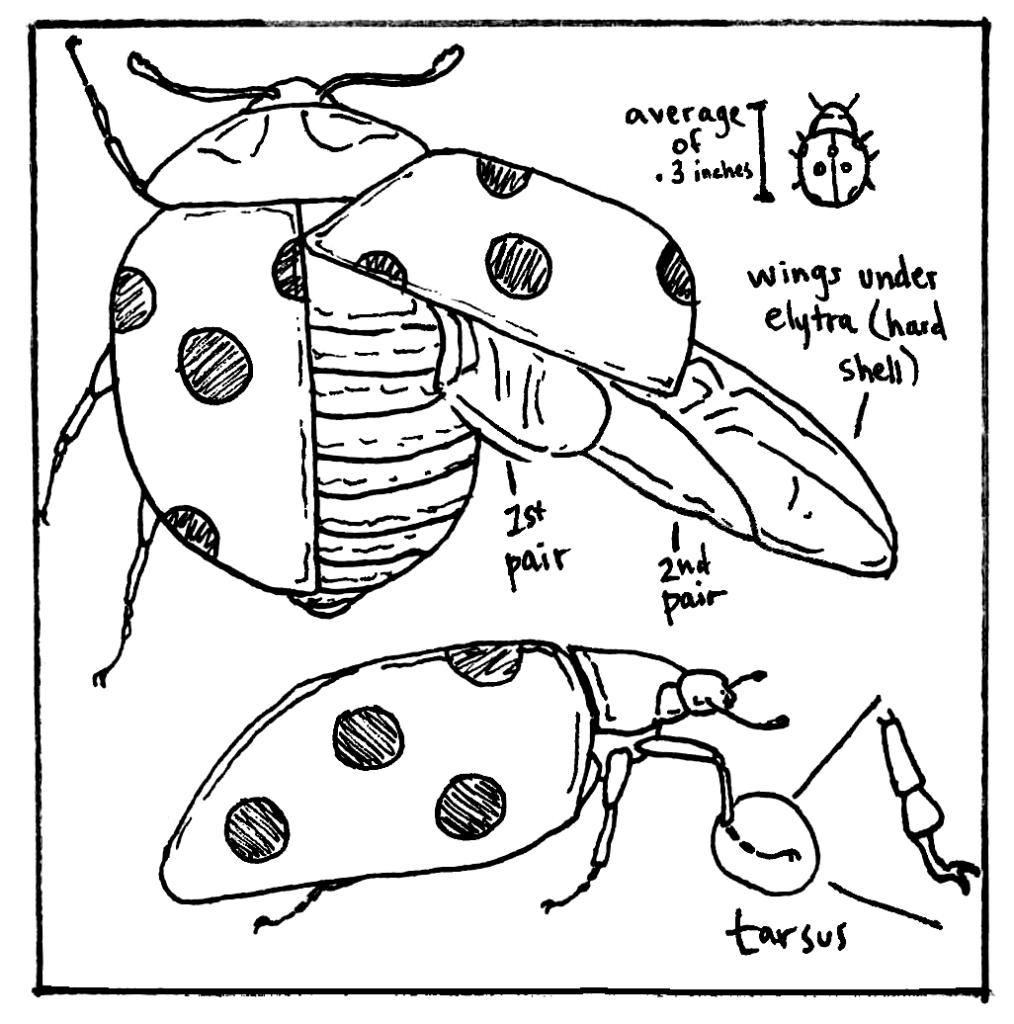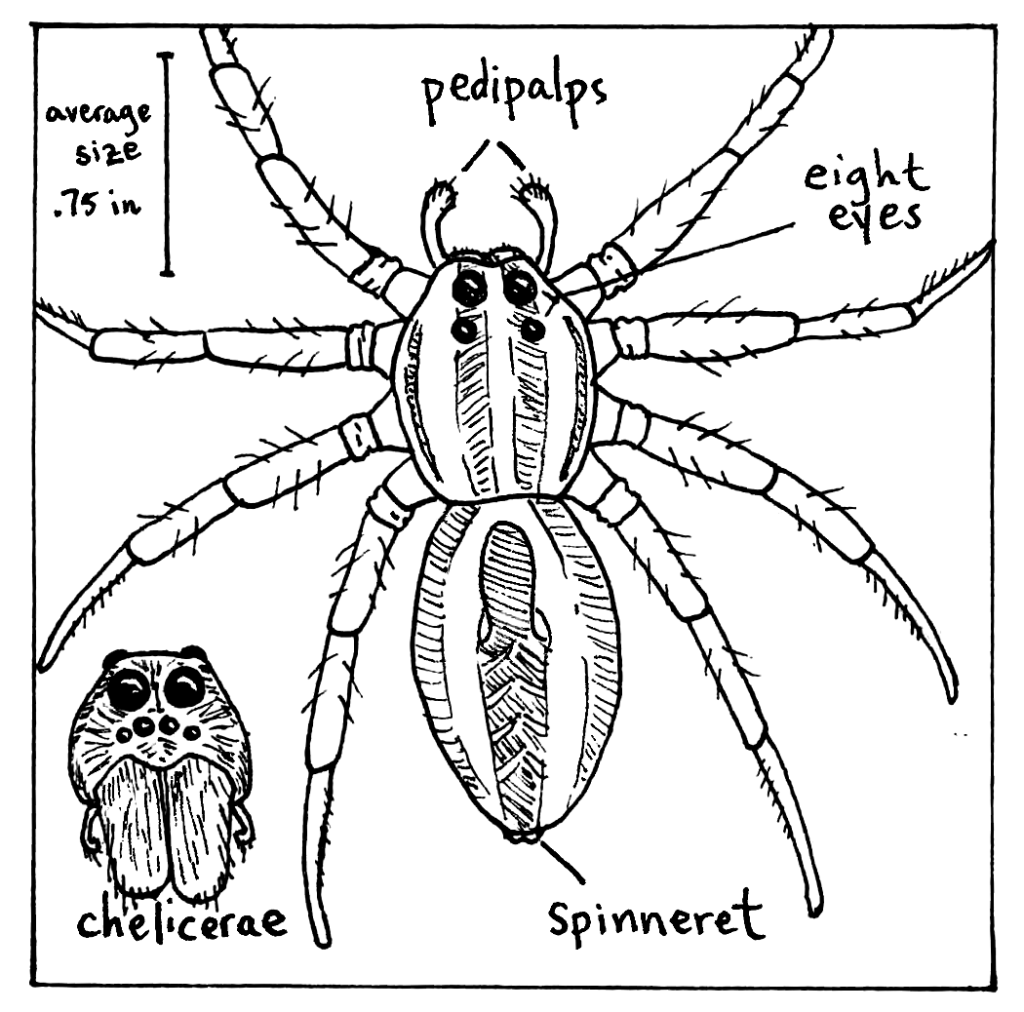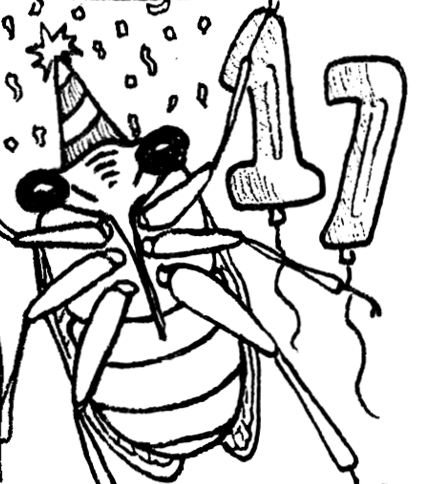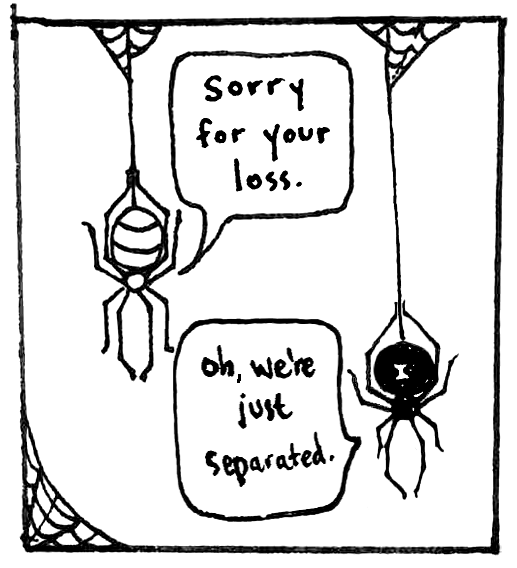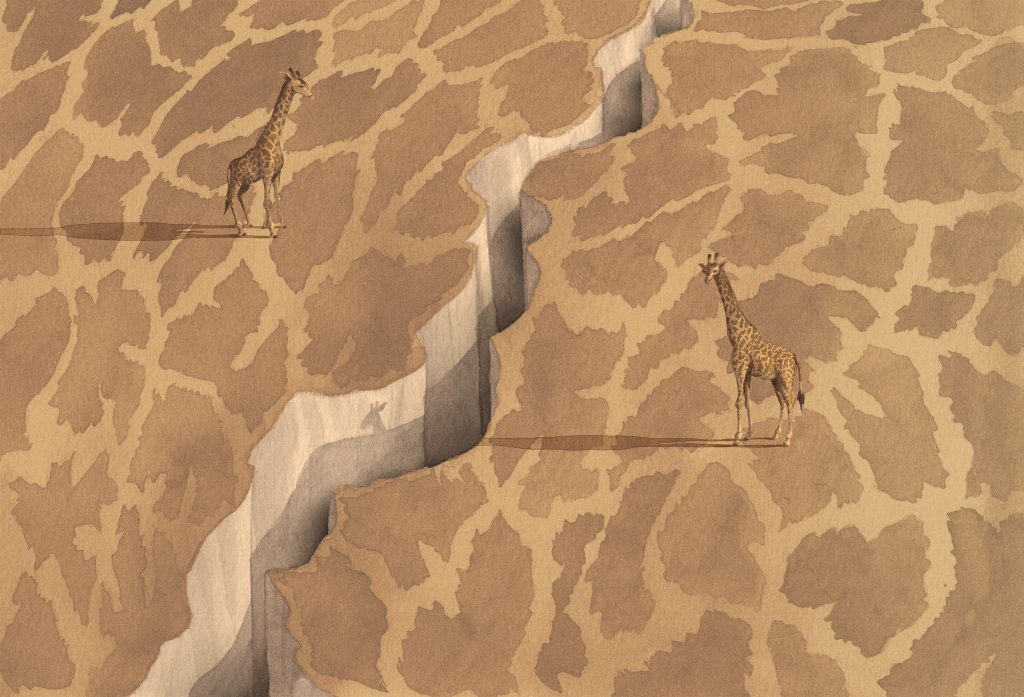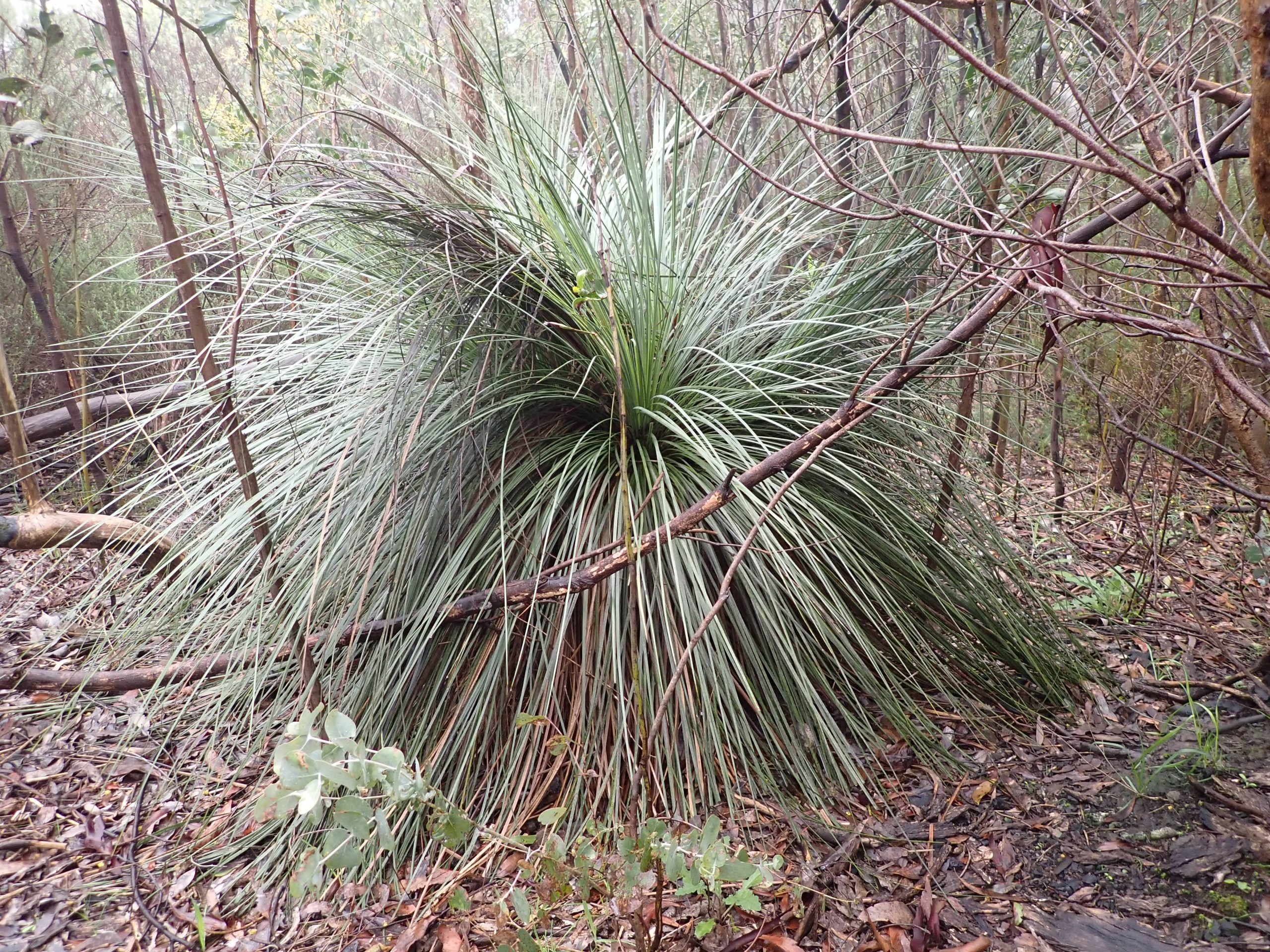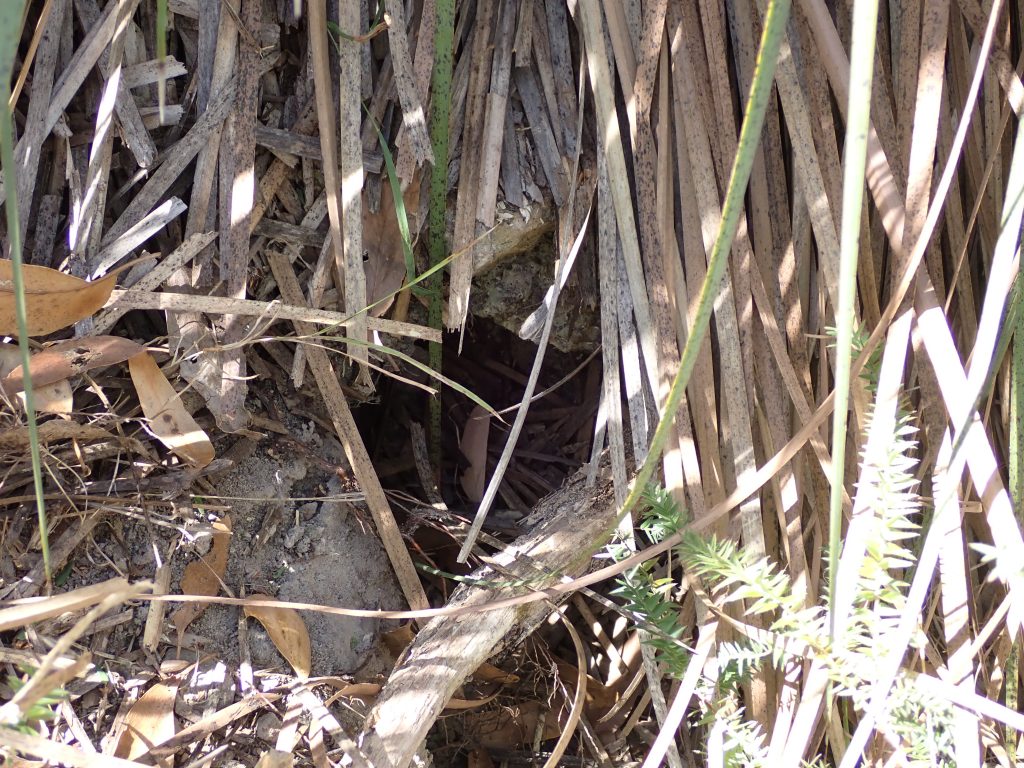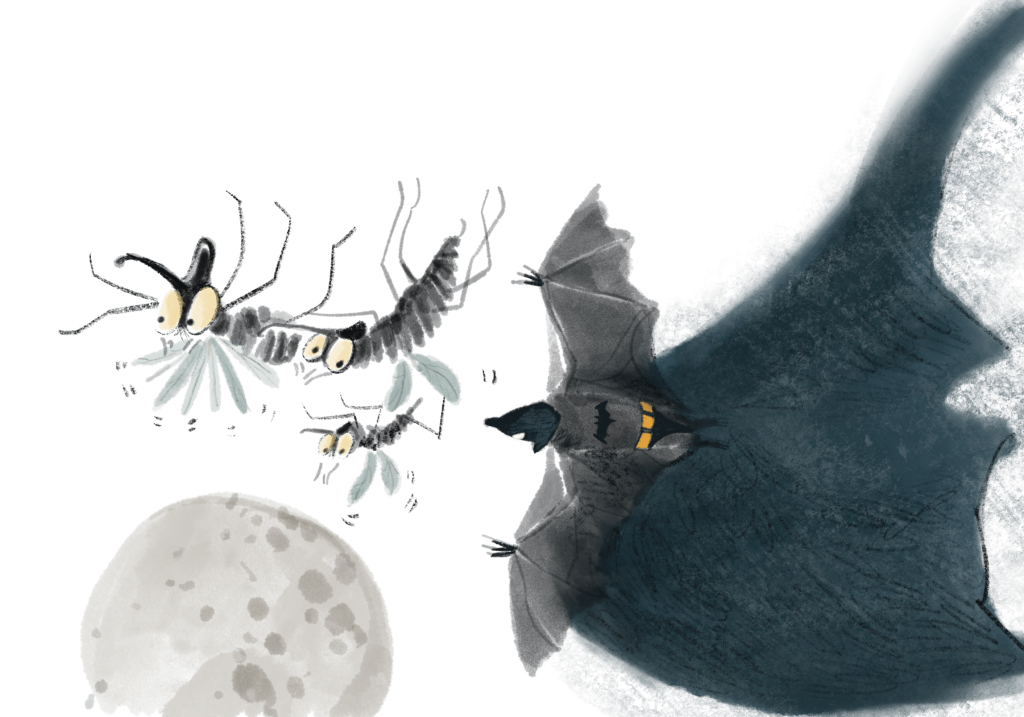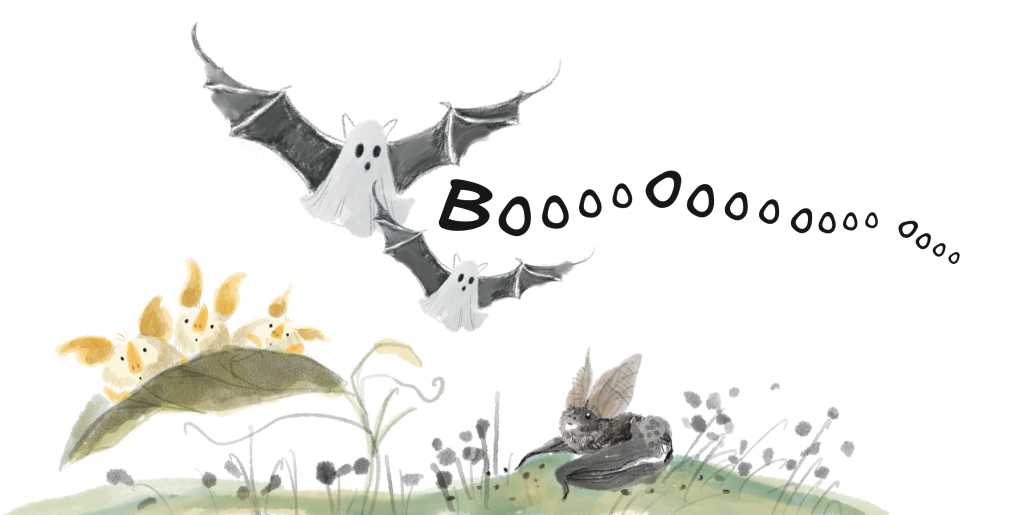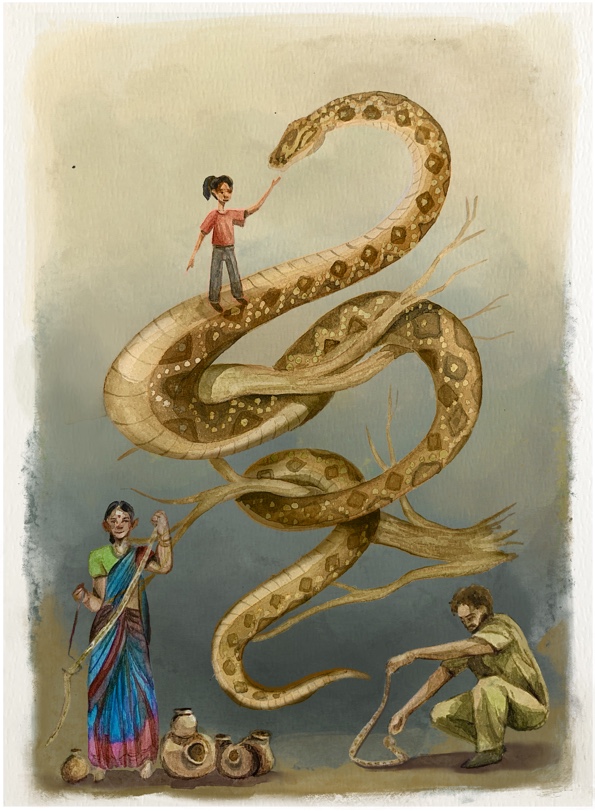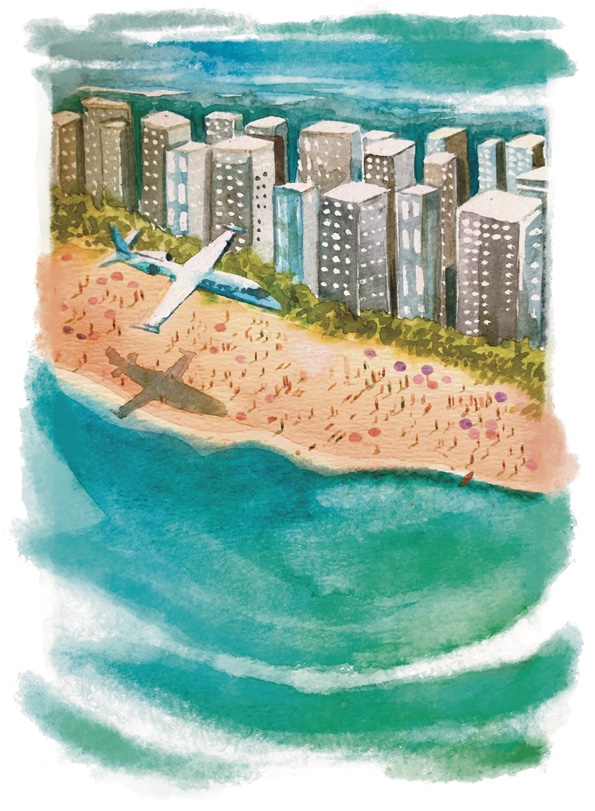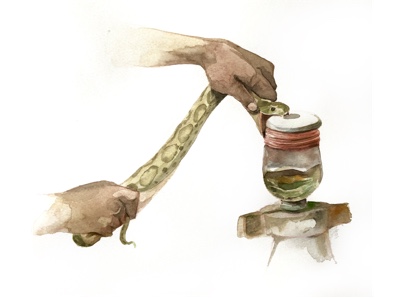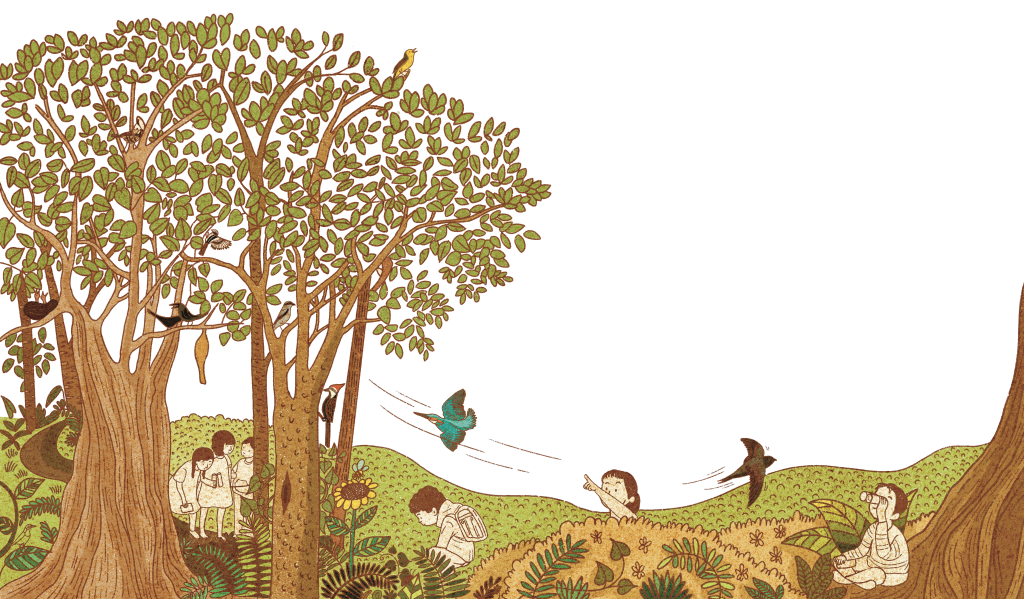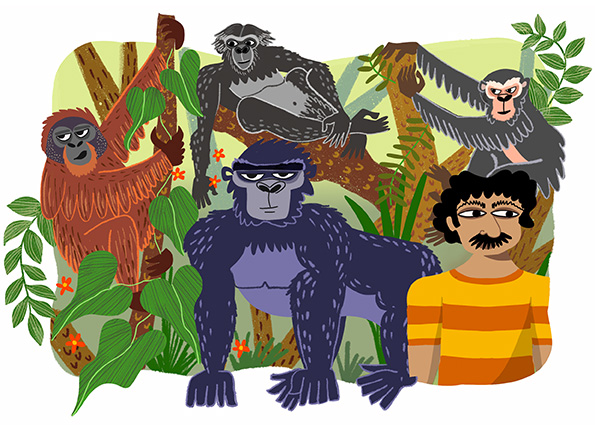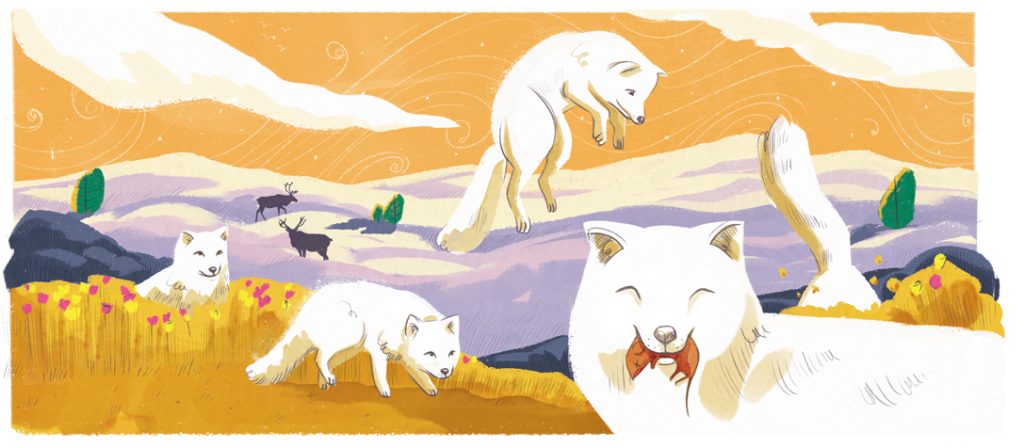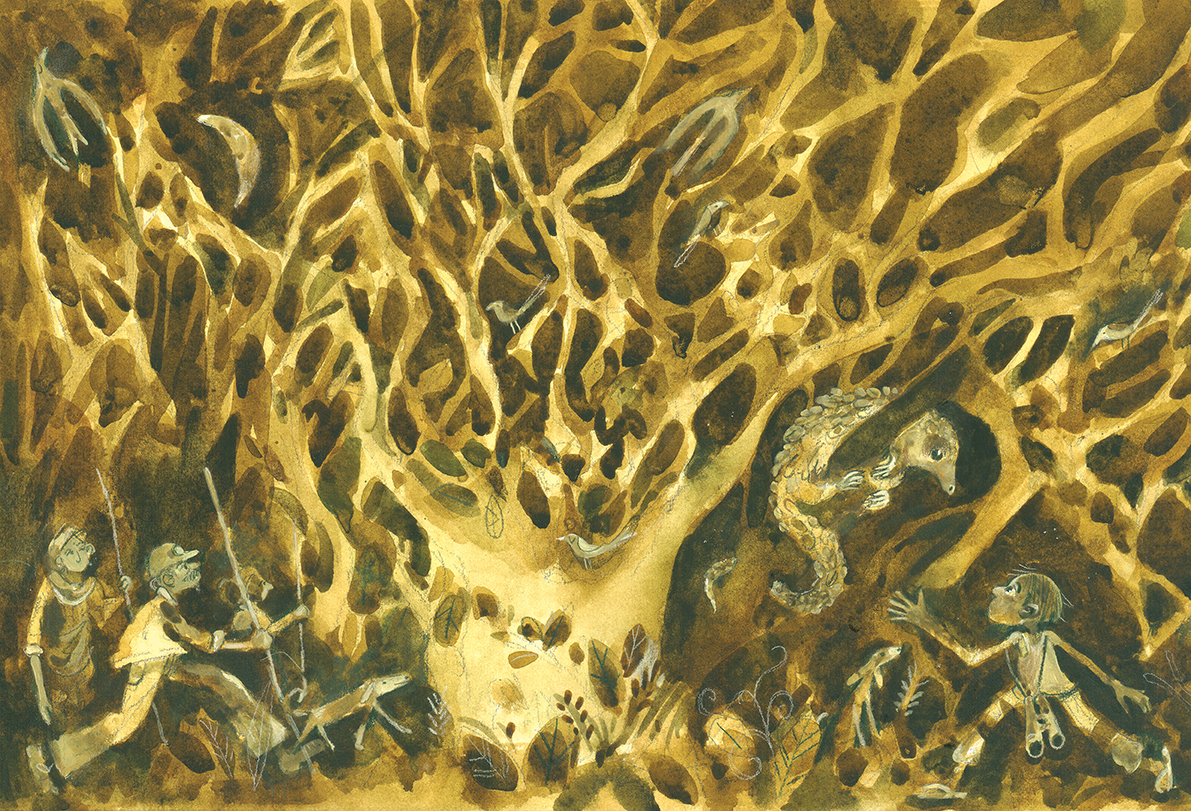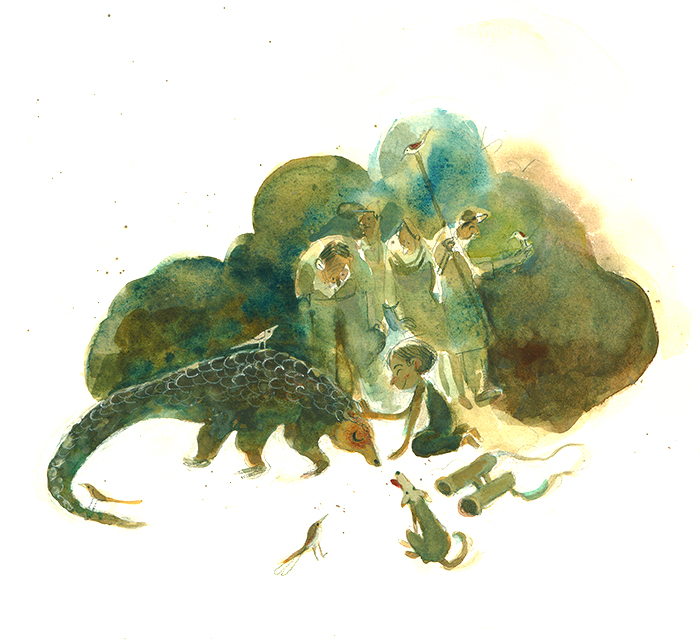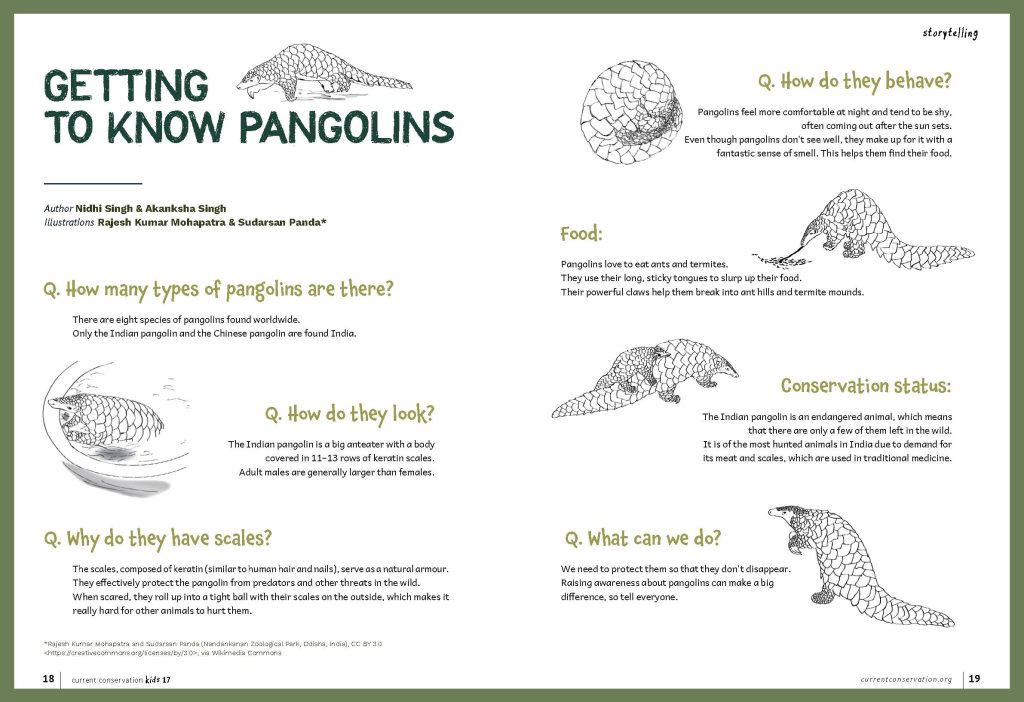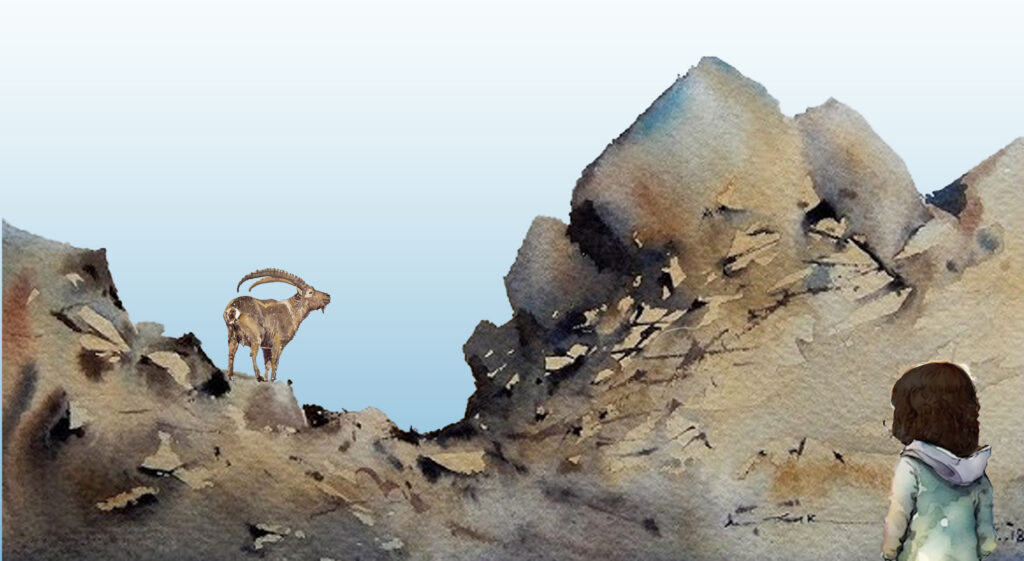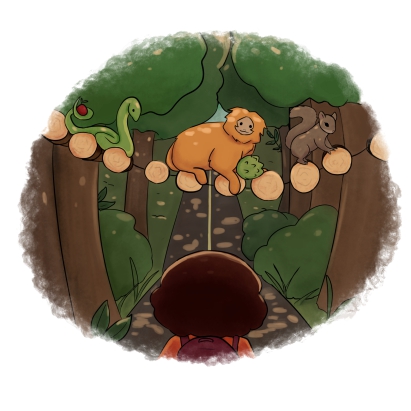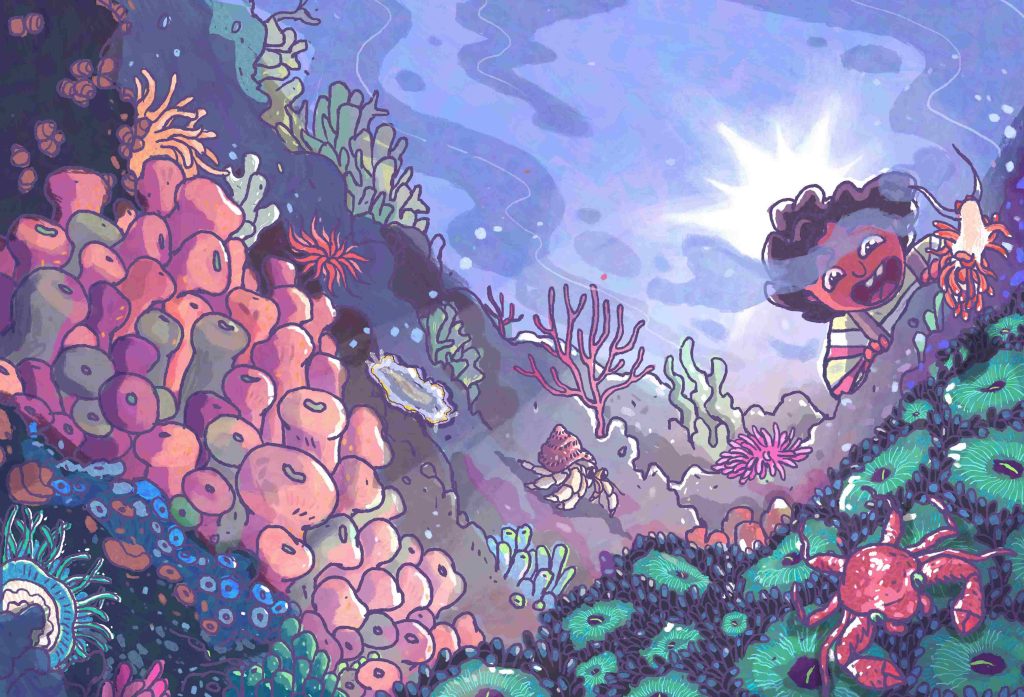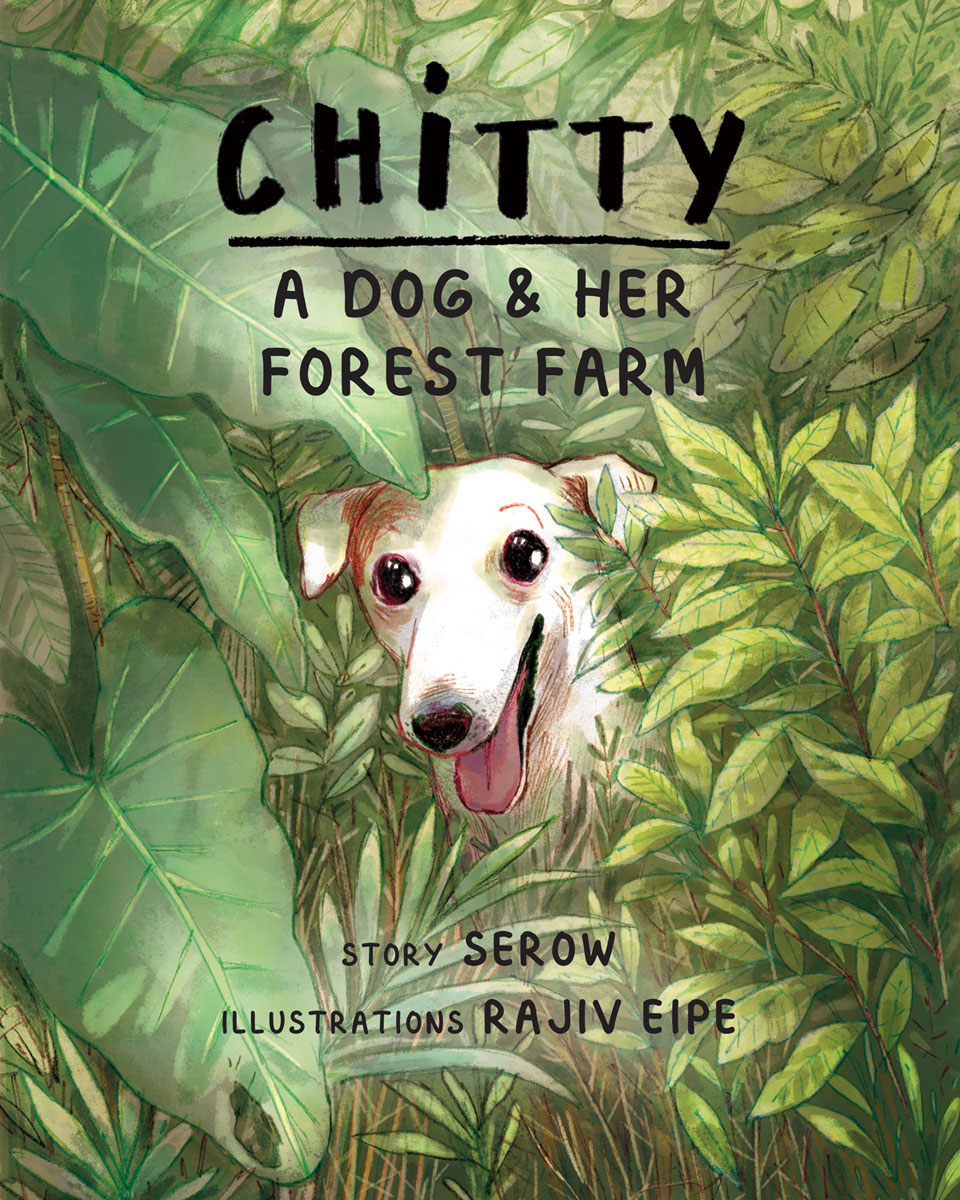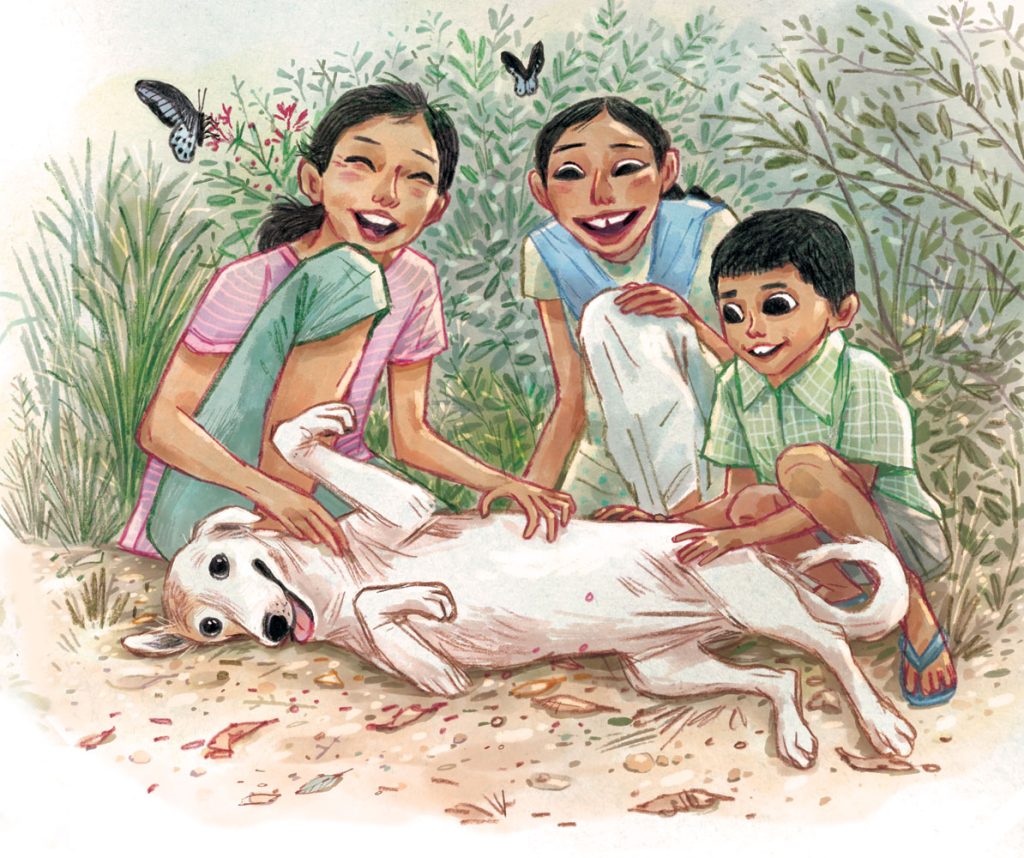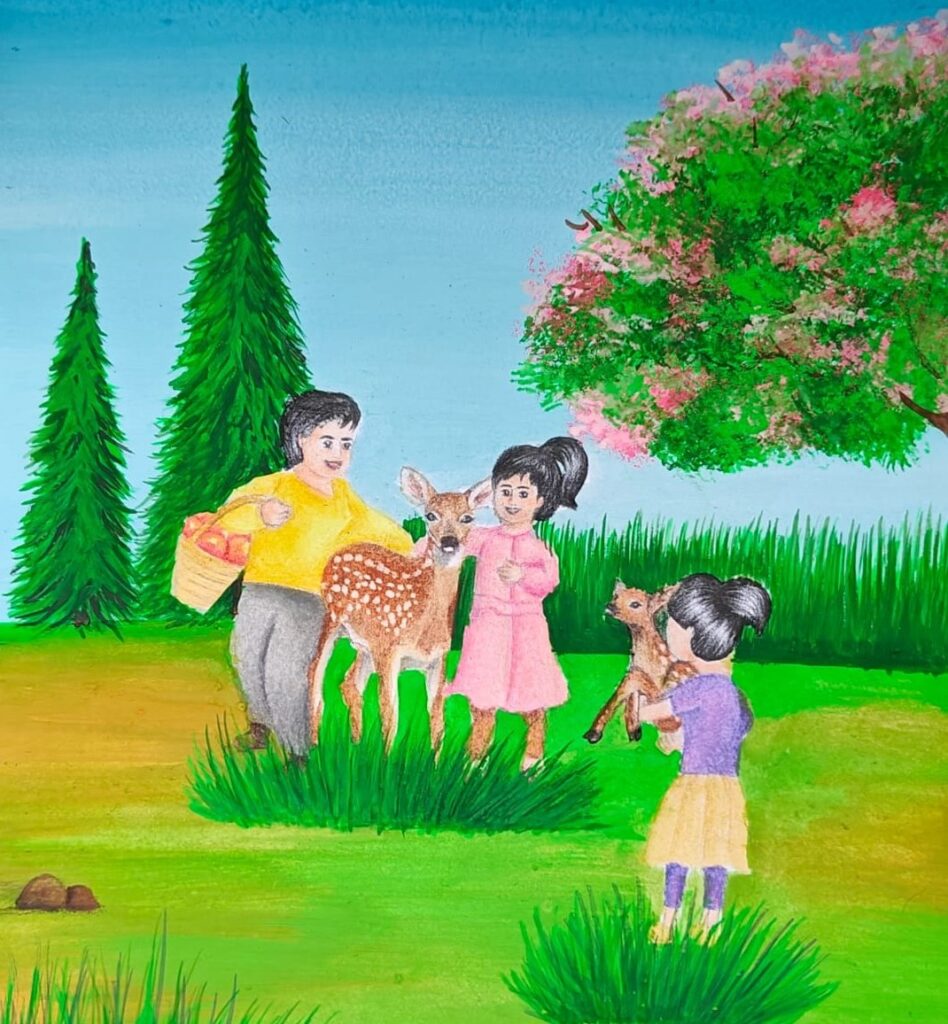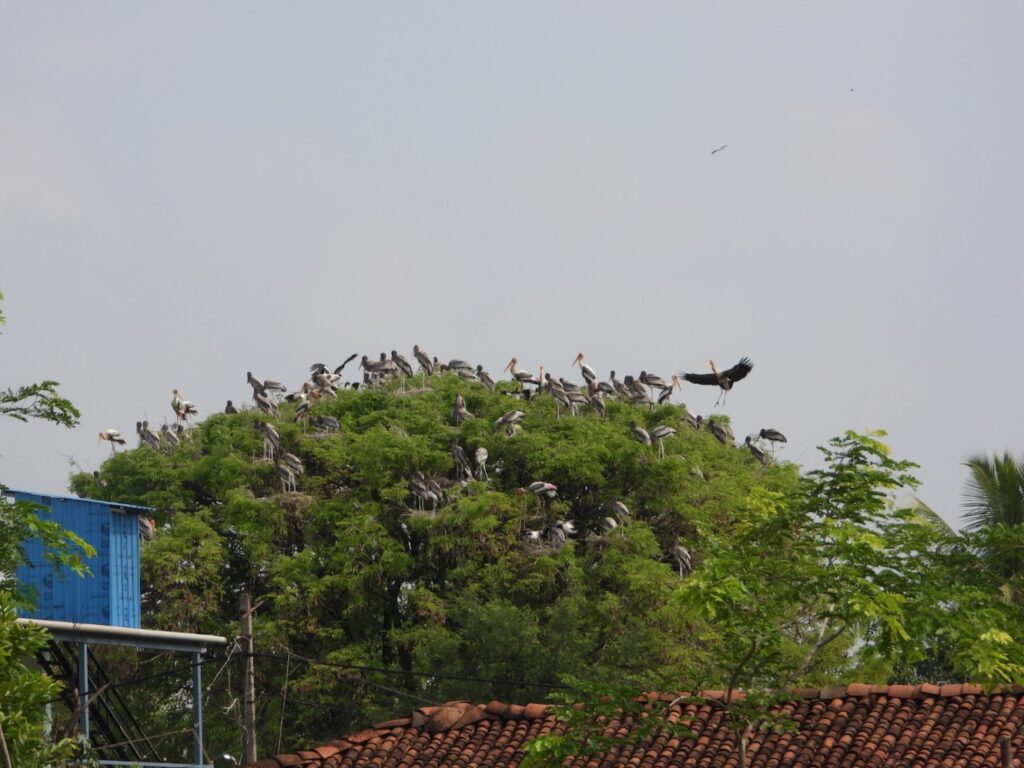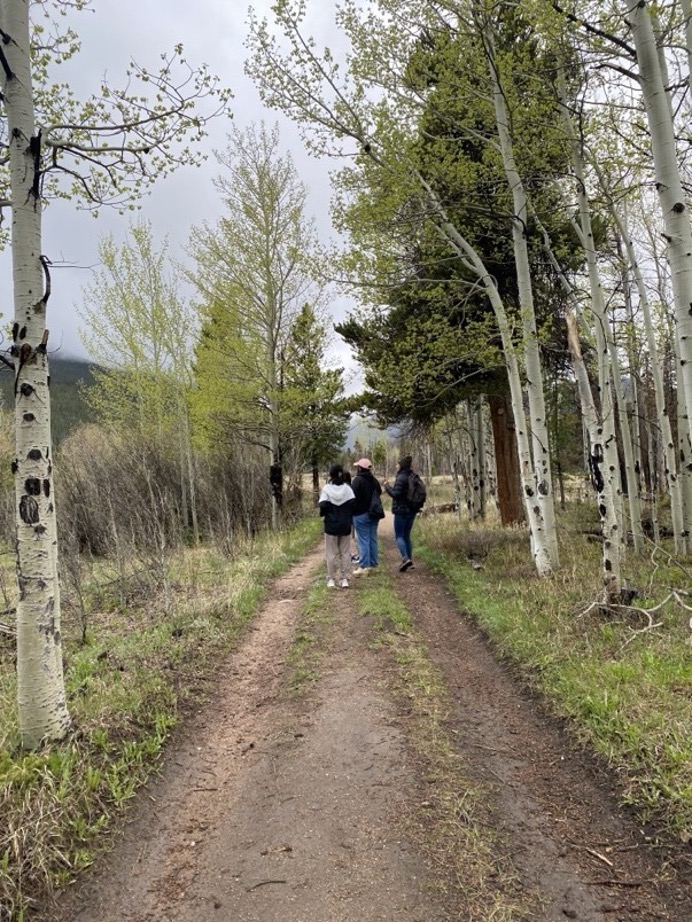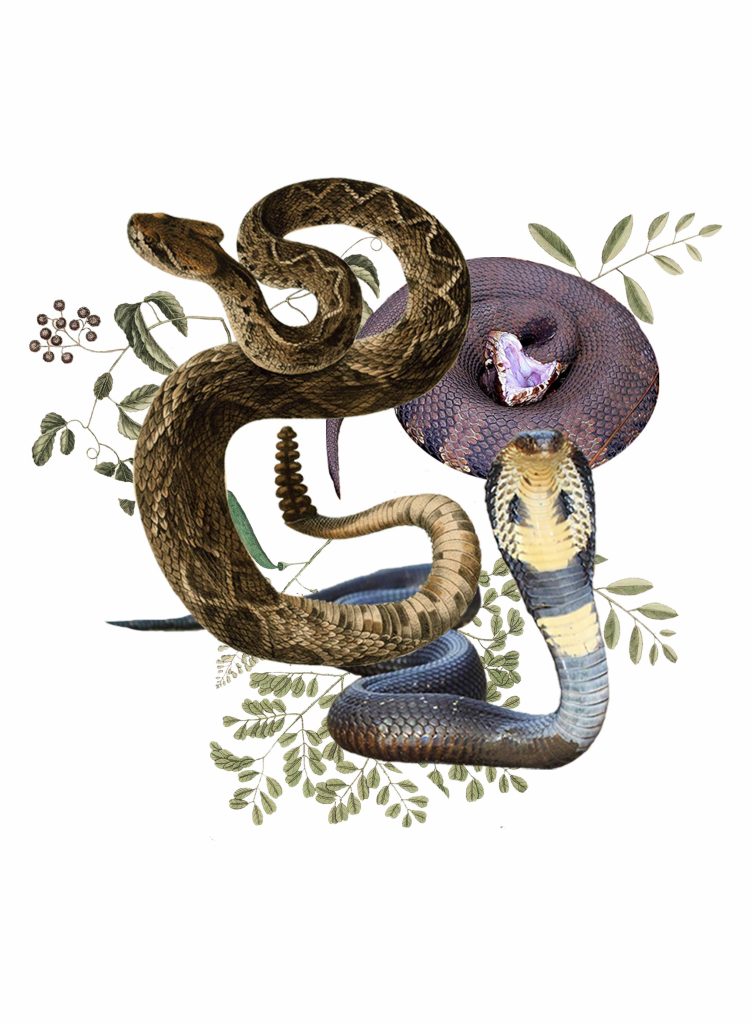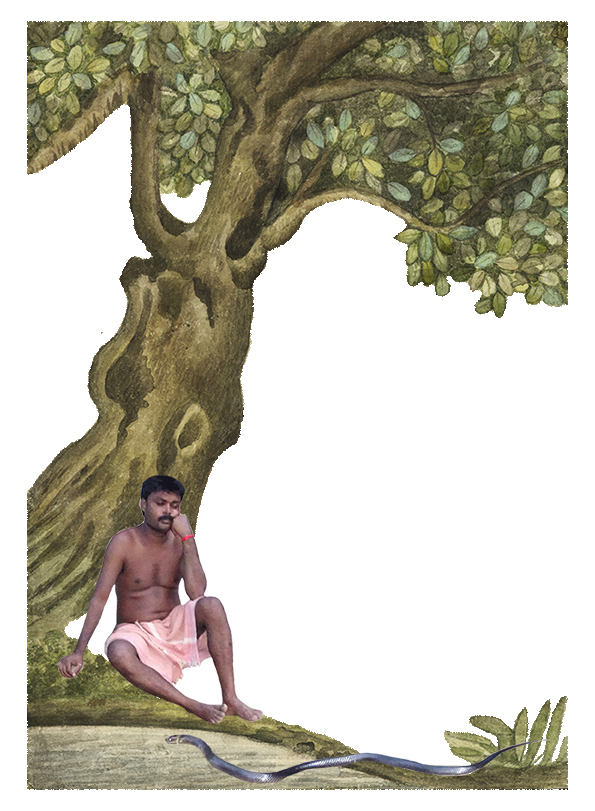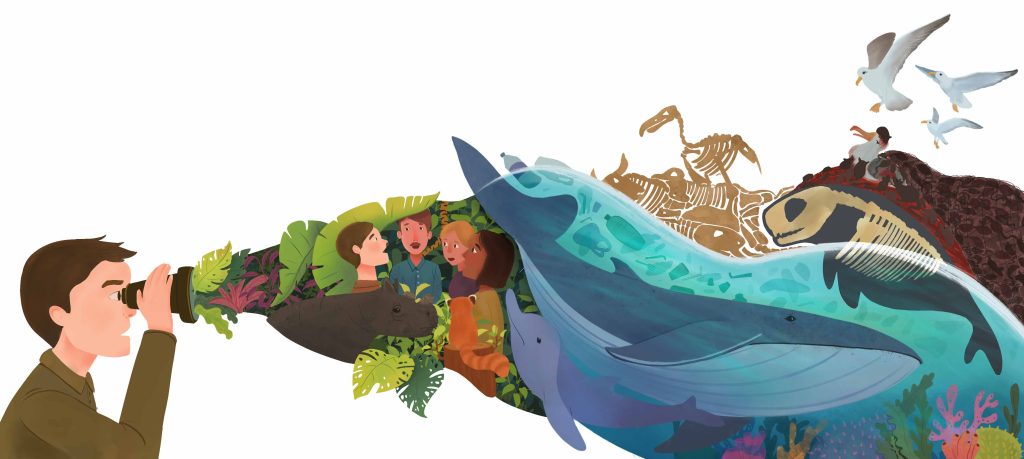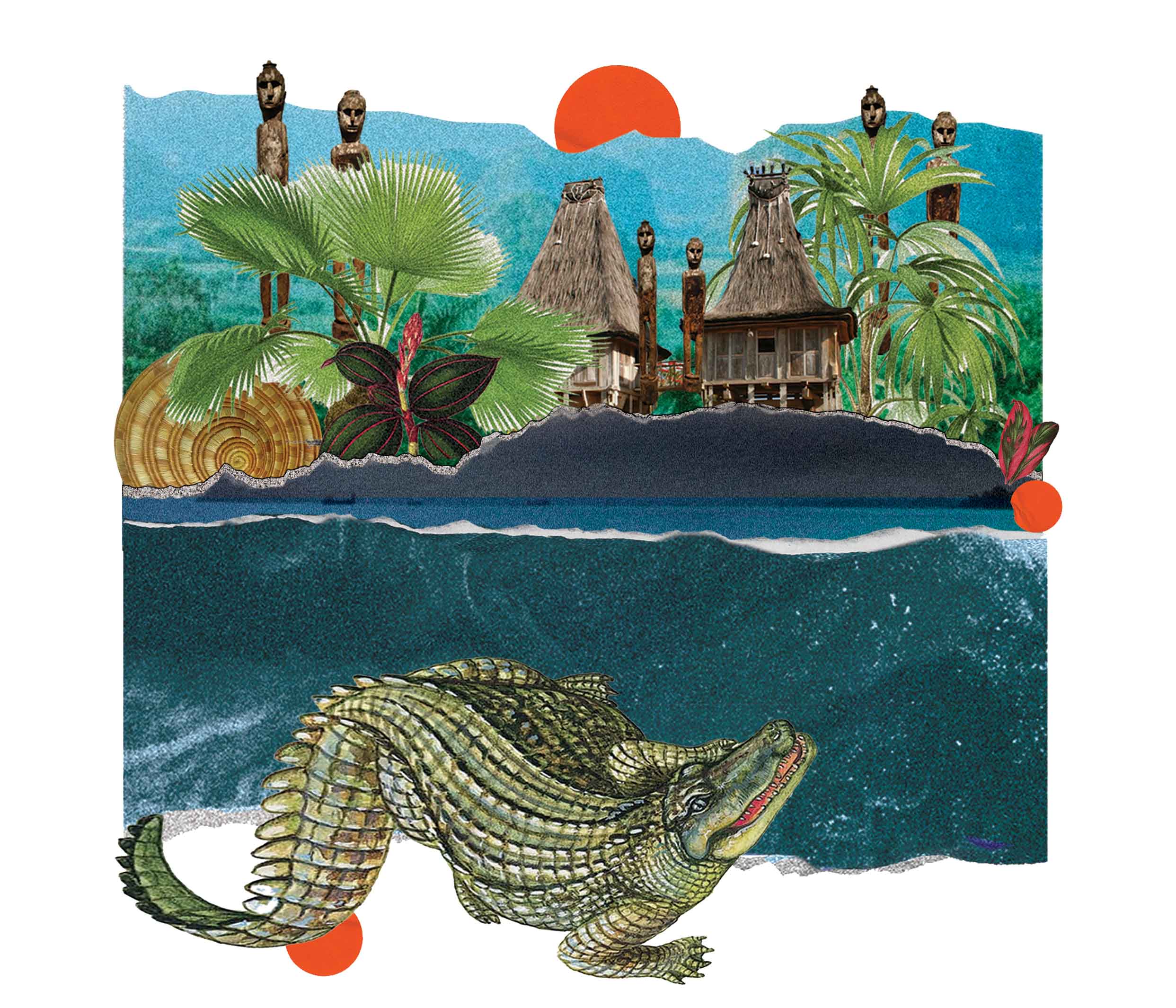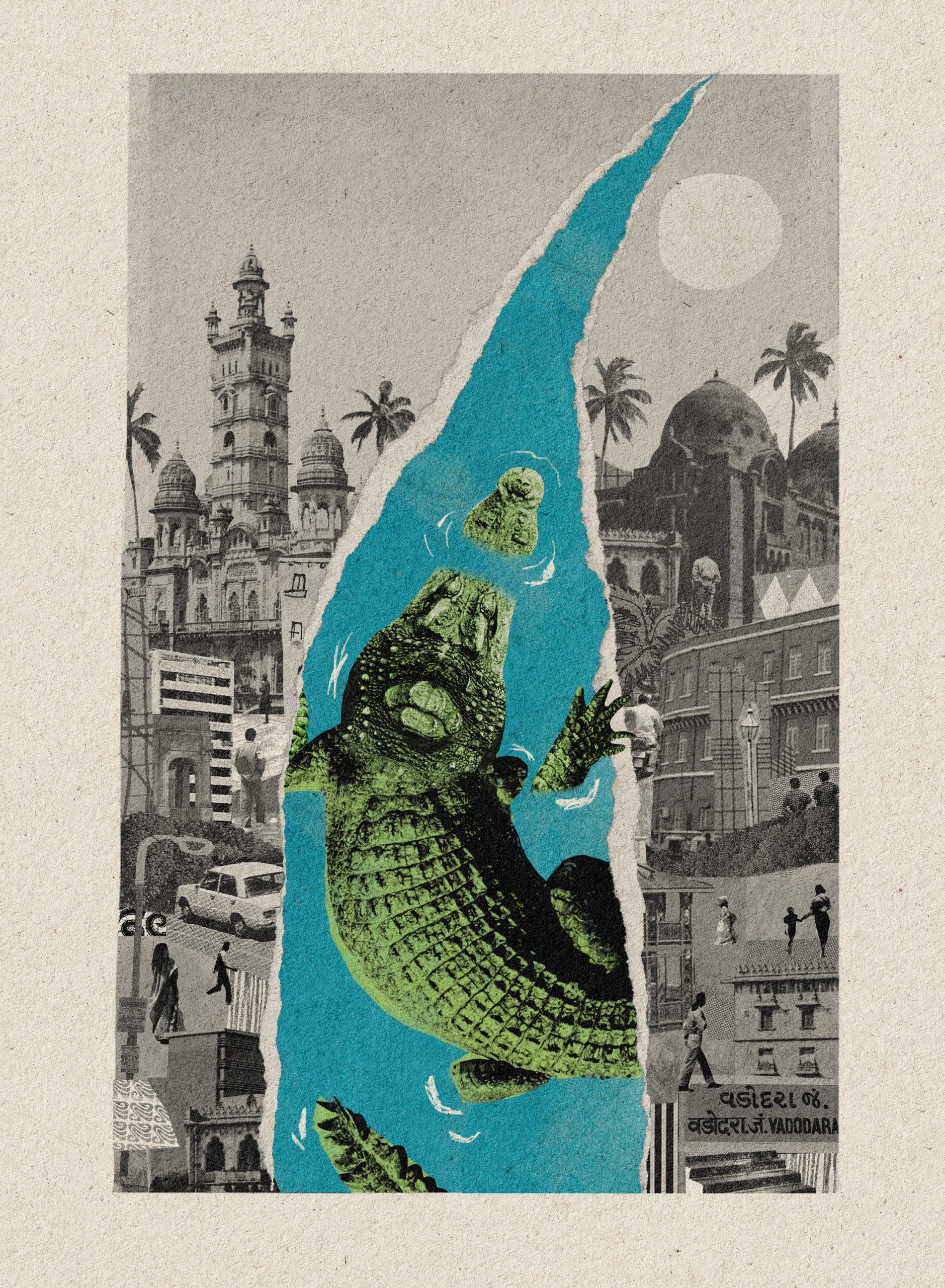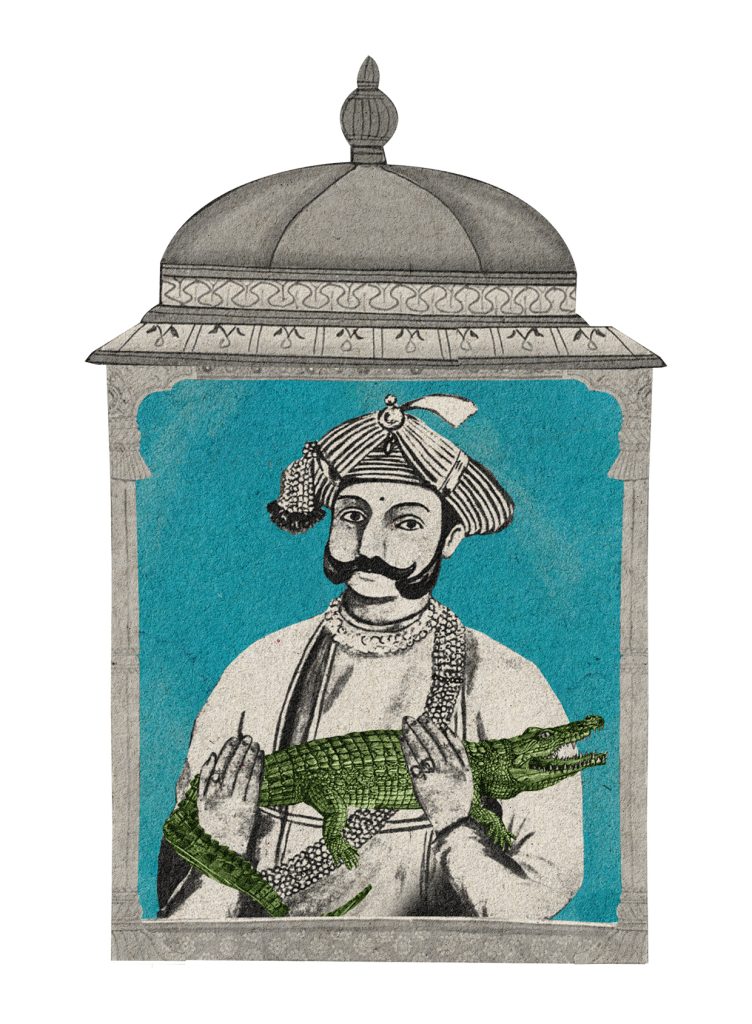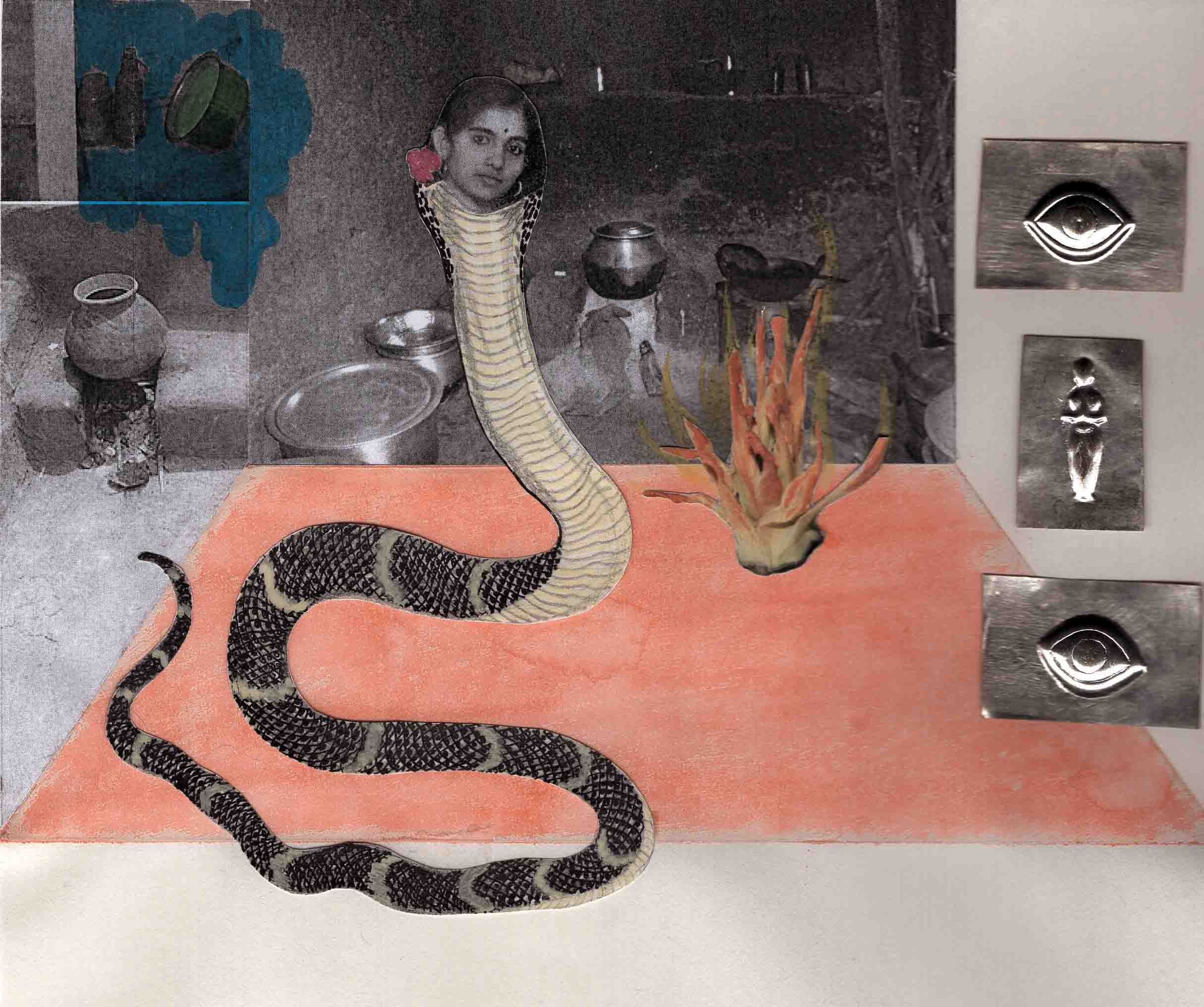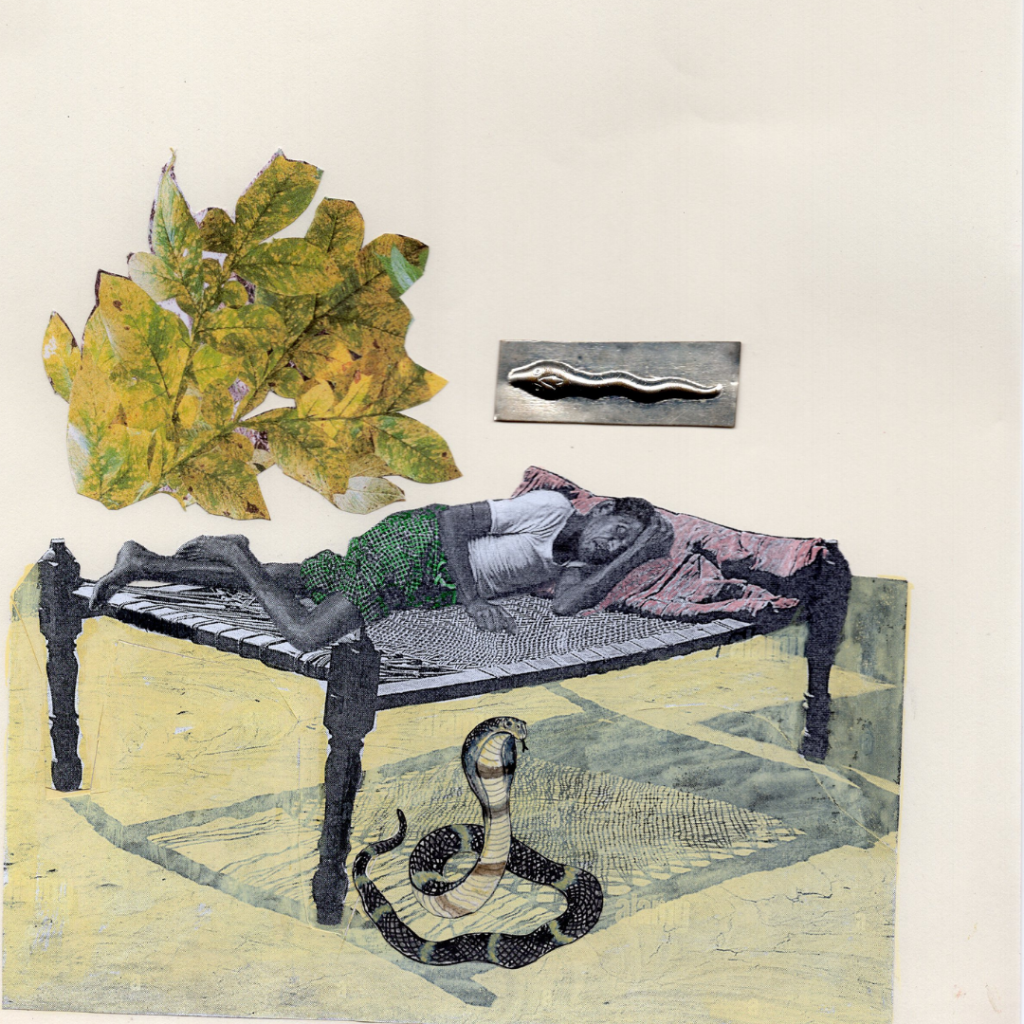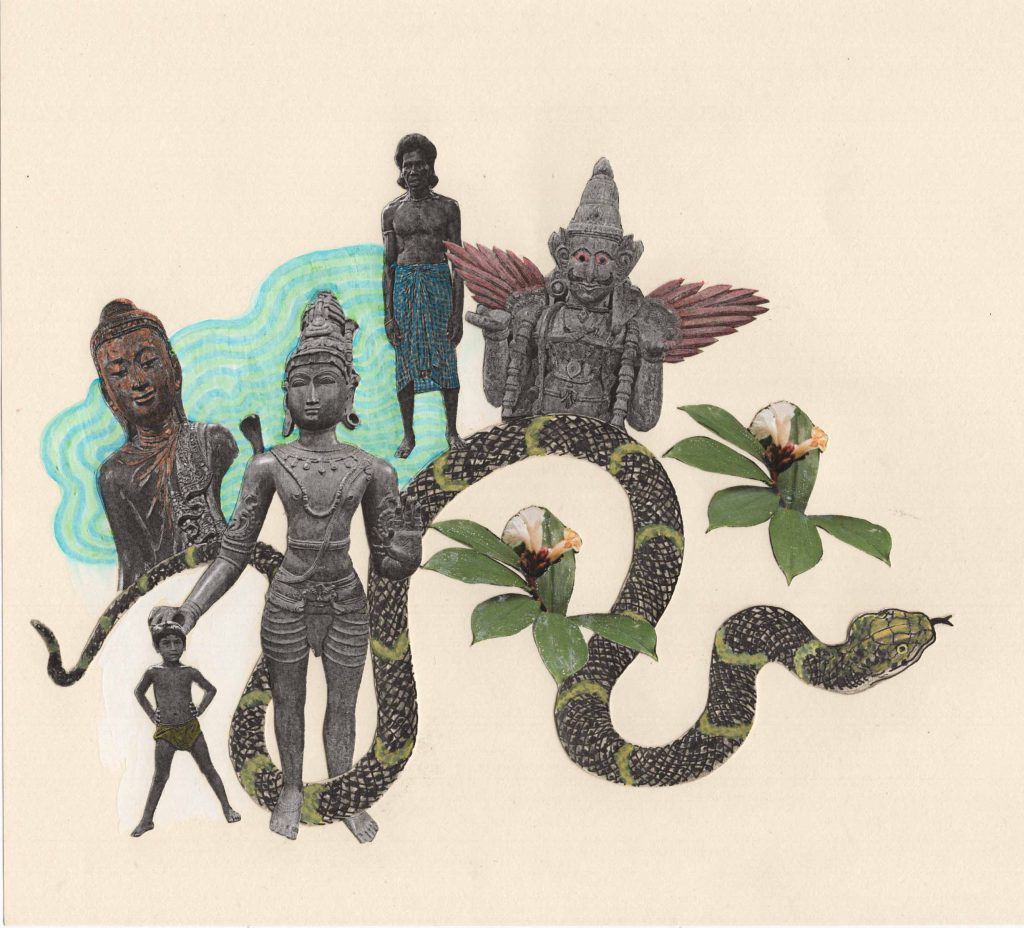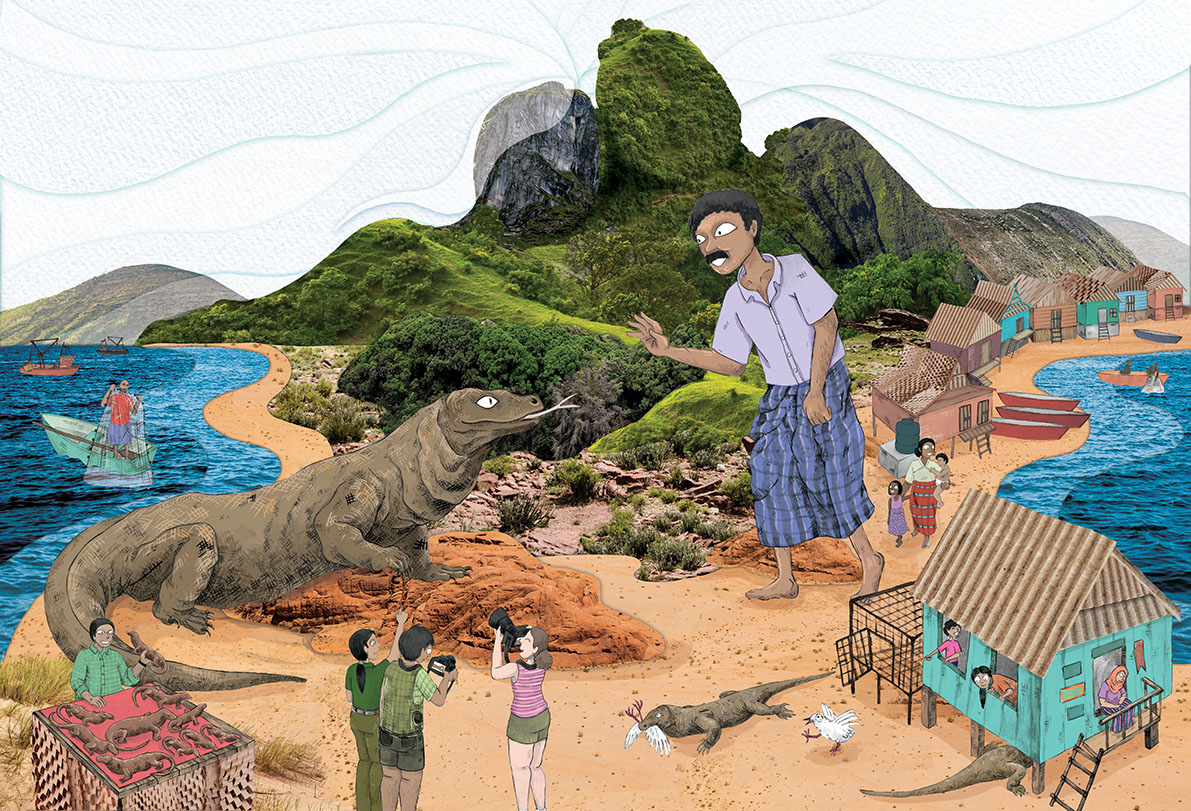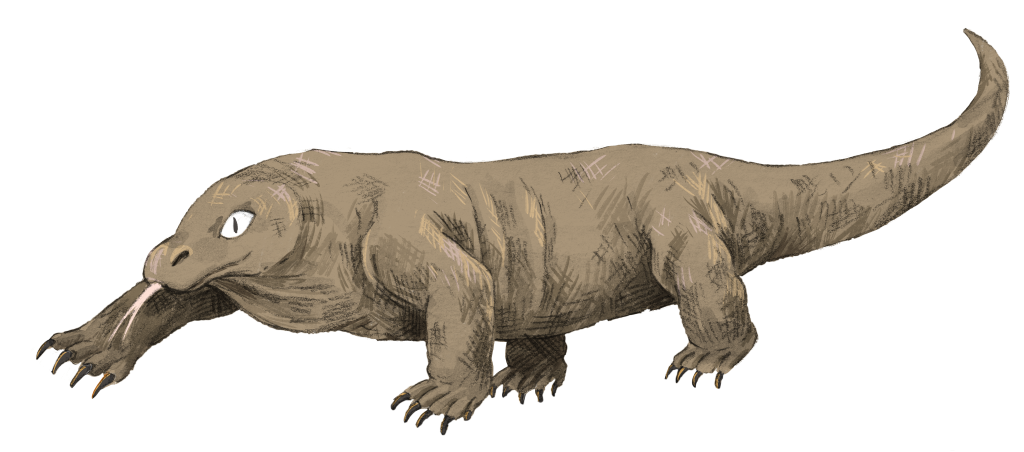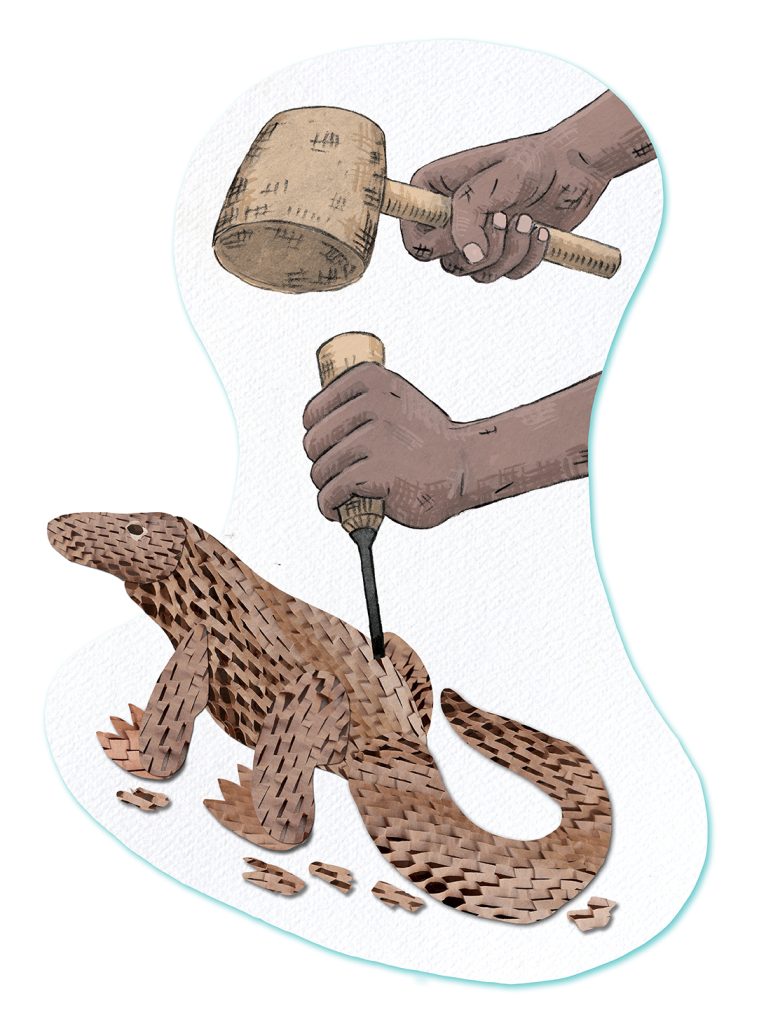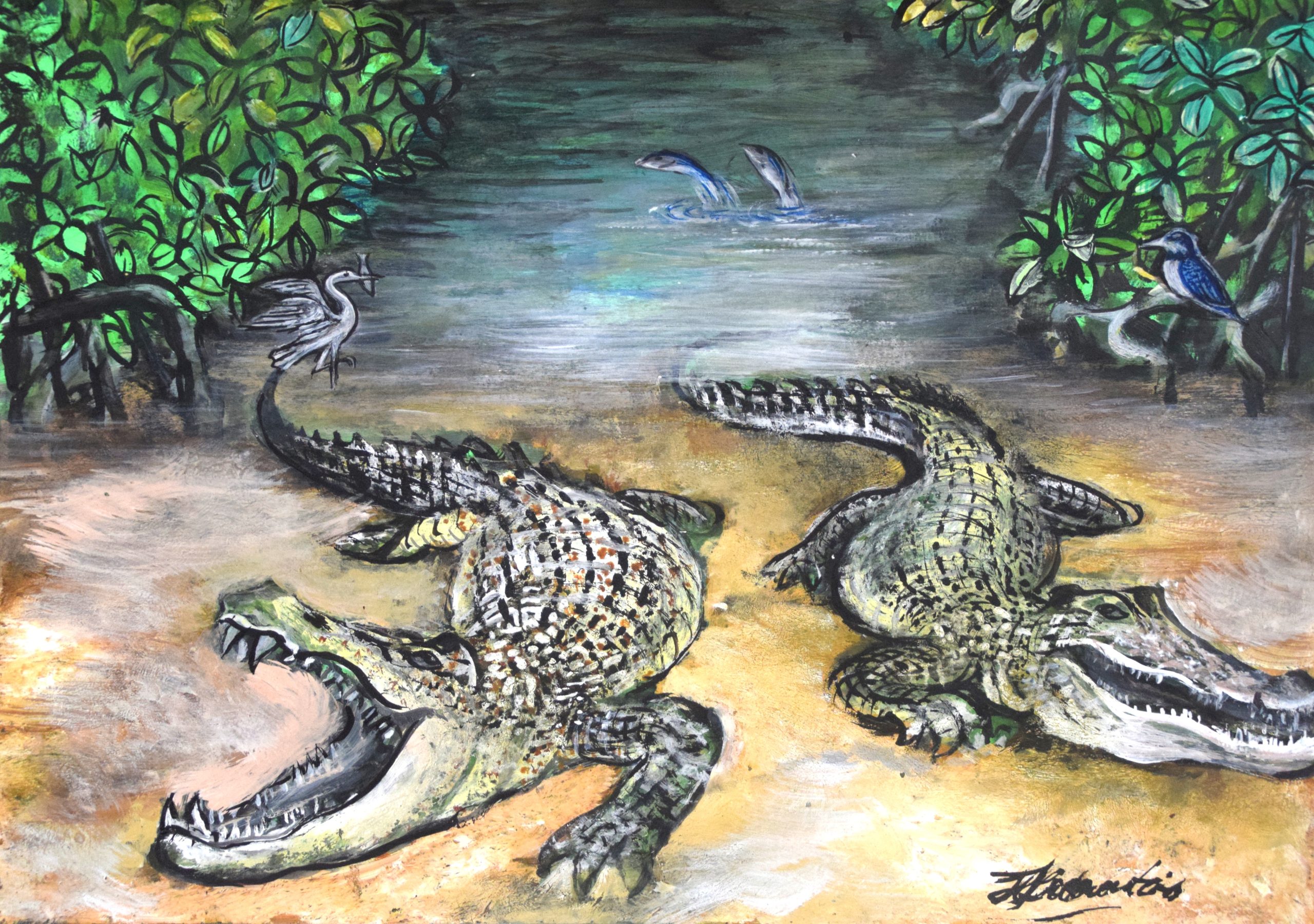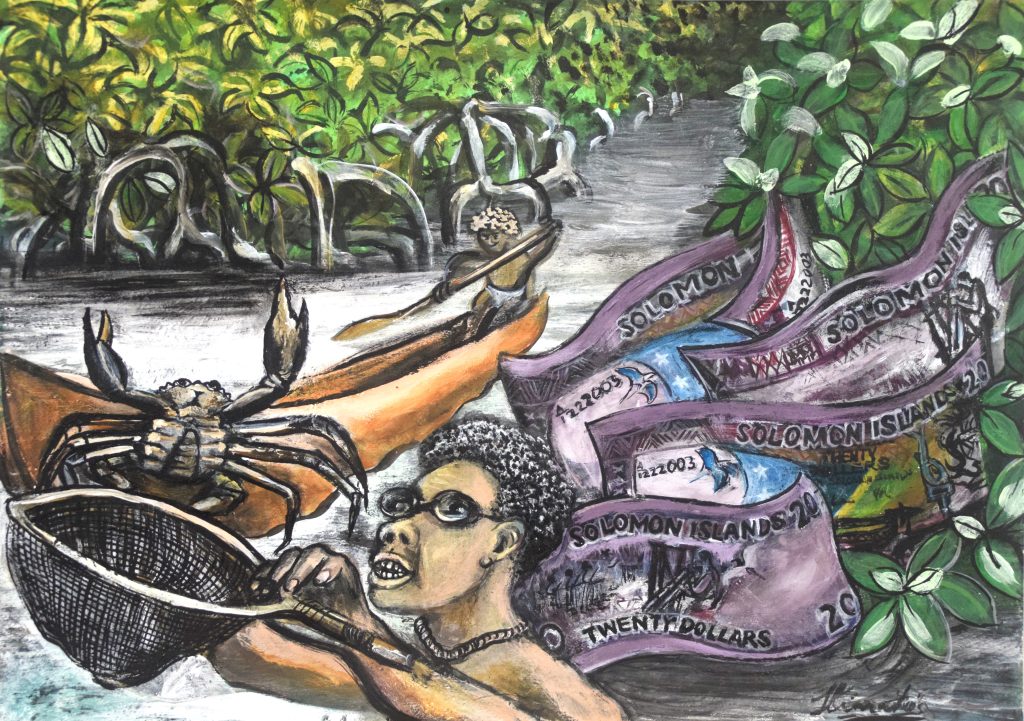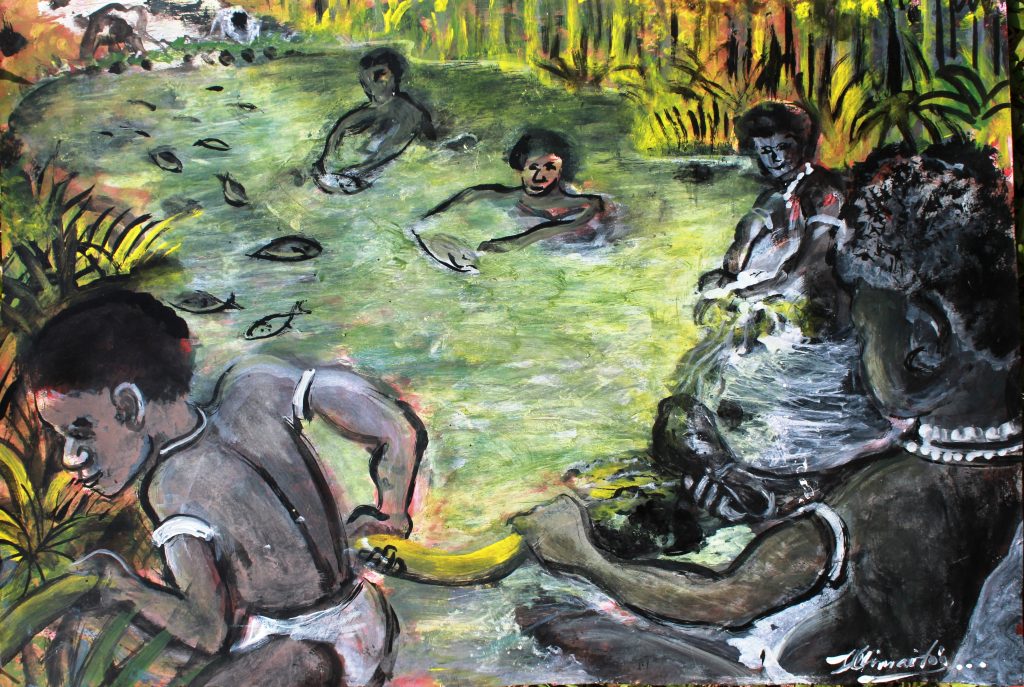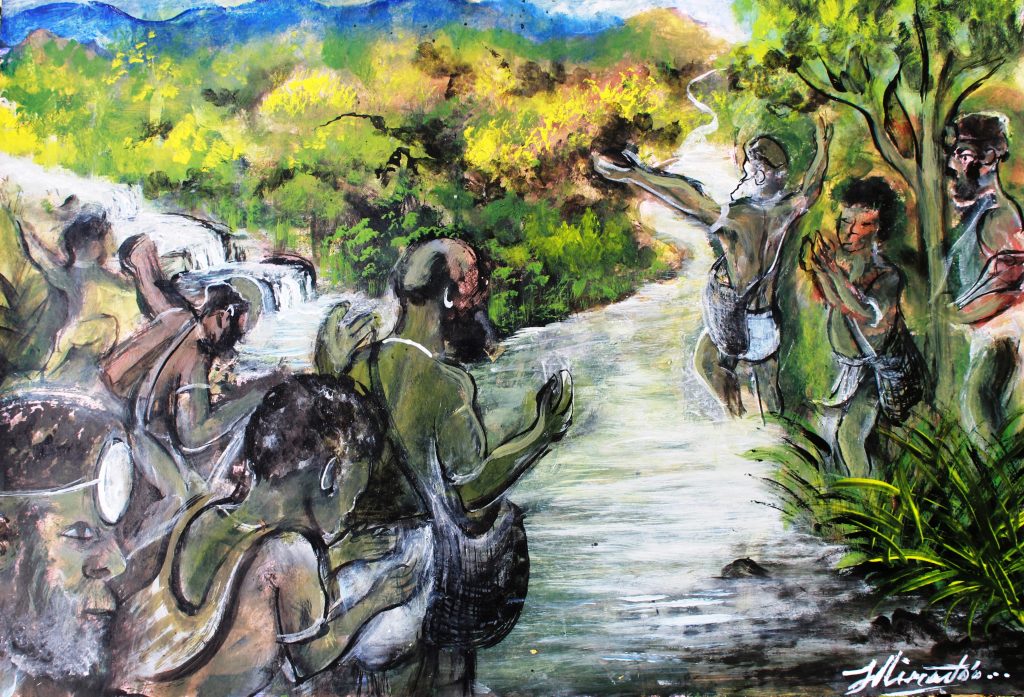Commercial activities such as overfishing, dumping of waste and seabed mining have been disturbing the ecological balance of the world’s oceans—about 95 percent of which is still unexplored by humans. Constant environmental threat looms over the ‘High Seas’ in particular because it is the open ocean beyond any single country’s jurisdiction, thus making it an international entity. And although it comprises 43 percent of the Earth’s surface, only one percent of the High Seas is legally protected against exploitation.
A regulation was needed to provide a framework for the protection of such marine areas and their biodiversity. In December 2017, the UN General Assembly decided to convene an Intergovernmental Conference to elaborate the text of an internationally legally binding instrument under the UN Convention on the Law of the Sea (UNCLOS) on the conservation and sustainable use of biodiversity beyond national jurisdiction. This culminated in the United Nations High Seas Treaty, which deals with the protection of marine biodiversity in international waters and provides a legal framework to do so.
The treaty, formally adopted on 19 June 2023 at the 78th UN General Assembly in New York, has been making waves all over the world. Also known as the Biodiversity Beyond National Jurisdiction (BBNJ) Agreement, its main agenda is to create protected areas in the high seas and prevent exploitation in the form of overfishing, shipping, pollution and potential deep sea mining, all of which when continued unmoderated would lead to severe consequences. With rising ocean temperatures and rapid depletion of marine biodiversity, the enforcement of the treaty is crucial.
First of its kind
The BBNJ treaty is the first legally binding agreement governing the high seas. It is founded upon two main concepts: freedom of the high seas, as outlined in Article 87 of the UNCLOS, and that states have a legal obligation to act in the best interest of all people by preserving biodiversity outside of their borders.
The treaty authorises states to create “area-based management tools” in the high seas and deep bottom, such as “marine protected areas” with restricted activities. These area-based management instruments are important mechanisms for conserving the maritime environment beyond country borders, while taking into account food security, socioeconomic purposes, and cultural values. Previously, there were no global channels for such tools, and control was restricted to small ocean areas and certain businesses. However, the treaty now allows states to employ larger-scale, legally obligatory, multi-sectoral area-based management mechanisms. It also allows signatories to take action in the event of an emergency, whether natural or human-made.
The treaty’s environmental impact assessment provisions allow for the consideration of environmentally detrimental and polluting projects both inside and outside of national boundaries. These regulations require pre-authorisation assessments to determine the potential impact of developmental activities. As an example, Article 28 of the agreement states: “Parties shall ensure that the potential impacts on the marine environment of planned activities under their jurisdiction or control that take place in areas beyond national jurisdiction are assessed as set out in the Treaty before they are authorised.”
All global commons require common governance and management by the international community, which also means that the international community as a whole is entitled to share the benefits. Thus, unfair aspects of the exploration of the high seas are also covered by the BBNJ agreement, including scientific research conducted by many countries in these areas and experimentation on potentially beneficial DNA retrieved from such marine biodiversity. To ensure equitable distribution of benefits from the aforementioned two activities, the BBNJ treaty prescribes all benefits reaped from the exploration of the high seas as global commons.
The treaty also has major provisions for capacity building and marine technology transfer. And another noteworthy provision is the establishment of a specialised fund to assist developing nations, which will be funded by state contributions and financial advantages from the use of marine genetic resources.
Is the High Seas treaty beneficial for everyone?
An important aspect addressed by the BBNJ agreement is the geo-political economic realities of countries and their disproportionate access to resources. Developed countries continue extracting resources on account of their technological prowess, resulting in the depletion of natural resources and severe damage to the environment over the years. On the other hand, developing and least-developed countries, which have the most need for natural resources in order to ‘develop’, have limits placed on their levels of resource extraction. The treaty, with its goal of tackling inequality in low-income countries based on a lack of access to resources, has guidelines for usage of the ocean for scientific research and sharing of resources by all member countries equally.
The principle of the ‘common heritage of humanity’ holds that no state or individual can own common heritage places or resources that are part of the world’s heritage and so belong to all humans. Hence, as per the BBNJ treaty which is based on this principle, oceans belong to everyone and must be used for the benefit of all humankind. It establishes a framework for the sustainable use of marine biological diversity in regions outside of national jurisdiction, which are not held by any country, and emphasises benefit sharing, particularly among less affluent and developing countries.
This is crucial because the ocean is a major repository of the world’s biodiversity, with over 250,000 known species and countless more still to be discovered. Research on the genetic makeup of this marine biodiversity can help in the development of life-saving medicines and climate change solutions. The legal framework of the treaty ensures that there is a fair sharing of monetary as well as non-monetary benefits of such scientific research by countries who have the means to explore the oceans.
What will enforcement of the treaty do for the High Seas?
The high seas have been subjected to environmental damage due to the lack of formal protection over such expanses of oceans from activities such as unmoderated shipping, pollution, unaccounted fishing, waste disposal, etc. These activities need to be limited, managed and governed. This treaty acknowledges and recognises several forms of environmental damage in its preamble and focuses on tackling problems relating to ocean-human interactions.
While the treaty does not completely prohibit or ban freedoms, it proposes a framework for carrying out such activities sustainably and with regard for the ocean’s health. Part IV of the agreement talks about environmental impact assessment (EIA)—a process that evaluates the potential environmental effects of a project or development.
When such an assessment is applied to deep sea mining—a relatively new field of marine exploration— we see that, in theory, while this activity may seem enticing and even beneficial, its actual consequences would only worsen the high seas’ condition. This led many member states to seek to ban this procedure altogether. However, deep sea mining was exempted from the purview of the EIA—an exemption which is proving to be a major drawback of this treaty and preventing countries from ratifying it.

Even though the BBNJ treaty was already adopted and signed by 88 member states, it will only be enforceable once ratified by a minimum of 60 members, of which only 2 have done so. It is expected that once ratified this treaty will be enforceable by 2025.
While it’s virtually impossible to know whether the BBNJ agreement will succeed or fail before it is enforced, many wonder whether it can be an all-encompassing solution to the many threats currently facing the world’s oceans. Ocean temperatures are being recorded at an all-time high with an average of 21.1°C. This has had severe consequences, such as intense stress on our coral reef ecosystems, resulting in the bleaching and destruction of many reefs, accelerating polar sea ice melt, rapid depletion of fish populations and most importantly, a depletion of global ocean oxygen levels. Additionally, if deep sea mining were to begin, even in the remotest parts of the high seas, it may end up causing irreparable damage to our oceans that they won’t be able to bounce back from.
The widespread destruction of marine biodiversity has left gushing wounds in our environment as a whole. The UN High Seas treaty may be the ocean’s last hope.
